|
24th - 26th April 2019, Sailing from Trinidad to Union Island (distance 150nm)
Whilst Mattis and I were preparing Jingo for sea again at the marina, we heard news that there was a piracy attack not far off the north coast of Trinidad. The incident occurred ten days before we wanted to leave Trinidad and it happened along the route we wanted to sail. We knew previously from talking to other sailors and reading the news that if you sail near Venezuela (which is only about 15 miles away from Trinidad), you could possibly be putting your life at risk. We read this alert on an online forum the morning after it happened: “On the 14th April about 1030, 'Sylph', a 55t Beneteau sailboat positioned about 15nm NE of the Hibiscus oil platform, was approached by a group of eight Venezuelans in an attempted piracy attack. The yacht refused to stop and in heavy seas and high winds took an evasive zig zag course preventing them from boarding. Due to the fact that the pirates were unable to board, they abandoned their plans and left, but fired several shots at the yacht. The yacht suffered several bullet holes. 'Sylph' made it to Port Louis, Grenada and met with the Coastguard and Officials”. As a result of this event, any boats sailing from Trinidad to Grenada or vice versa were advised to file a float plan, so that Trinidad and Tobago Coastguard (TTCG) could patrol the area. Boats were also advised to convoy with other boats where possible. If there were 10 or more boats sailing together, they would also be escorted by TTCG to their destination. We kept an eye on the online cruising group and contacted one of the administrators in case there were any other boats heading north the same day we wanted to. Unfortunately we didn't find anyone to sail with. Mattis and I made a plan to sail along the north coast of Trinidad, heading east, as far east as we felt comfortable, away from Venezuela (at least 30nm east of the Hibiscus oil platform), before heading north to Union Island. The extra distance would add on at least an extra half day, but we were in no rush and there was absolutely no point in putting ourselves in harm's way. We left the marina in Chaguaramas, Trinidad, early on Wednesday 24th April after a hearty breakfast and clearing out of Immigration and Customs. It was not the most comfortable first sail after a year of being away. As we started sailing east across the north coast of Trinidad, we sailed just far enough to not be too close to land, but we started experiencing a lumpy sea state and were only motoring at 1.5kts as there was no wind and the current running against us. We had waves on the beam and we were rolling from side to side. It didn't take long for me to start becoming lethargic and being seasick. I was out like a light. That, and also having not sailed for a year, probably didn't help me in getting my sealegs again. Around midnight I started to feel much better and was able to take the helm. We had dolphins to keep us company, which was weirdly reassuring that everything was going to be okay... We motored hard through the night as we didn't want to take any risks with coming across any suspicious looking vessels. We did have a moment though. In the middle of the night, Mattis was on watch and for well over an hour he saw that there was a boat slowly approaching us from a distance. I woke up and kept an eye with Mattis, this boat was definitely heading our way, but kept looking like it was changing course; heading south of us and then back onto its collision course with us. They weren't showing up on our AIS (Automatic Identification System). We couldn't identify who they were, so we radioed them. Several times. No answer. They were still on course for us. I started thinking, maybe they're asleep? That's why their course kept on changing? It didn't look as though they were speeding along. Mattis shone our brightest torch directly onto our sails, illuminating them, showing the other boat, 'Hey, we are here! You are on a collision course with us!'. We increased our engine speed, changed our course away from them and eventually the other boat started to recede slowly into the background. You just never know. With everything that you read and hear what has happened to other sailors, could it have been pirates? Either way, it was scary. Even more so because it was at night. We continued to motor until the next morning and were as far east as we wanted to go. Winds were picking up and we were able to switch off the engine. We were clipping along! It's always a bit of relief to switch off the engine and sail. We made our way north to Chatham Bay, on the west coast of Union Island and anchored at 0100 on Friday 26th April (a 50 hour passage). Since leaving Trinidad and Tobago, we've read of more sailors who have had experience of this particular pirate attack (not always with guns) and they've occurred throughout this last year especially. 26th - 29th March 2019 – Union Island We started using our new electronic equipment for navigation and it was fantastic. It was much easier for us to see the COG (course over the ground), SOG (speed over the ground), depth, and distance to the next waypoint right in front of us in the cockpit, instead of having to go down below to the chartplotter, as the systems are now linked. We were happy to be free and exploring again! We decided to anchor on the west coast of Union Island and walk to Immigration and Customs, in Clifton, which was on the east coast of the island, which was 4km away. By walking through the island, we'd get to sightsee too! Chatham Bay was tranquil, with three or four bars dotted along the beach, and we were welcomed ashore by a pair of dogs. We chained up our dinghy and started to make our way up to the track that would take us up the steep, rocky hill and towards Clifton, the city of the island. We were stopped along the way and greeted by a friendly local who owned one of the beach shacks and let us know that he had nice cold beers and a BBQ if we fancied fish when we got back.
Union Island is just 5x3km, very mountainous, luscious and green. From what we'd read from the pilot book, it is often likened to Tahiti. The Tahiti of the Caribbean.
We walked through the other main town, Ashton (Clifton and Ashton are said to be named after the towns near Bristol in the UK, after sailors explored and settled there).
There are approximately 3000 people that live on Union Island and the heritage is different here compared to Trinidad. In Trinidad, there is a very strong Indian and African influence, whereas on Union Island, the heritage is mainly African. We stayed in Chatham Bay for 3 nights. It was divine, it actually really reminded us of Punta Papagayo in Lanzarote, the Canaries. A large bay with clear waters and a clean beach.
Our plan was to next sail to Mayreau and then Mustique before Bequia. A couple who came over to our boat on their dinghy to say hello highly recommended Tobago Cays, which was only around the corner from where we were anchored.
They described the colour of the water as unreal, and told us you could swim with turtles. And they were right. The Tobago Cays are made up of 5 stunning islands that you can only get to by boat. Union Island to Tobago Cays, 29th April 2019 (distance 15nm) This was one of our best passages so far, even though it was only a short trip, a great sail all the same. The wind conditions and sea state were perfect. Tacking into the islands was incredibly fun! We had a much more relaxed sail than the sail from Trinidad and enjoyed the 20-25kt winds. We realised more and more that our boat loves going to windward and we felt more confident in sailing.
It was a glorious morning. When we arrived, we anchored in 4m of the clearest blue water you've ever seen and there were turtles everywhere. This was a dream, why would anyone leave?
29th April - 1st May 2019 – Tobago Cays
We were absolutely blown away as we motored through the islands before anchoring next to one of the islands, called Baradal.
We swam with turtles in their natural habitat...
One of the Pirates of the Caribbean films, 'Curse of the Black Pearl', was filmed on Petit Tabac (pictured below), just west of the 'World's End Reef', across from where we were anchored.
Local sellers would pass by on their boats at different times of the day and sell items such as banana bread and fish. We also had an invitation to eat lobster on the beach that evening. It was very nearly the end of lobster season and it was one of the last nights to have a BBQ lobster dinner.
1st - 5th May 2019 – Bequia 'Island of the Clouds' (distance from Tobago Cays; 35nm)
We had a glorious sail, averaging 7kts for most of the passage. We were fishing and Mattis caught a barracuda!! Because of the possible risk of getting ciguetera and becoming ill if we ate this fish, we decided to release him.
We anchored on the west coast of Bequia, in Admiralty Bay, which was just a mile's walk to the centre of Port Elizabeth. There were many more boats anchored in this long bay and it was definitely more touristy than Chatham Bay, Union Island.
The bay looked so inviting and we couldn't wait to row ashore and see what it offered. The coastline was ruggedly beautiful. There was an immediate sense that the environment is well looked after and when we were ashore, we soon started seeing signs about respecting Bequia and keeping Bequia clean. Admiralty Bay reminded me very much of Dartmouth in Devon, UK with the beautiful colourful houses on the hillside.
There's a Creole/British heritage in Bequia. We noticed that some of the locals had almost a Caribbean/British accent.
Back at the anchorage, locals came by each morning on their small wooden boats selling baguettes, croissants, ice, water, fuel, even a boatside laundry service. This would be done next to your boat using a diesel generator connected to 2 plastic drums in which your clothes would be washed.
We ate mahi mahi again for the first time in a long time at one of the restaurants. Such a treat! As we were having lunch, on the dock in front of us, fishermen brought in a 96lb tuna...
On the 3rd May, we hopped on the bus and stayed on it to see where it went and took a tour of the southern half of the island. We got off the bus and went to Friendship Bay. On the walk down the hill to the beach we collected mangoes and a fruit called sapadilla. The most delicious fruit! It had the consistency of a pear, with a gritty texture, but it had an almost golden, nectar, honey taste. The riper they got, the more they tasted of honey. Very unusual and we'd never seen one before.
On the bus at one end of the island, we noticed a building that looked almost like a factory of some sort. We learned afterwards that this was where whales that were caught would be processed. Bequia still hunts whales, but are restricted to one a year. One of the bars we went to for a sundowner had stools with seats made out of the vertebrae/discs of the whale and the entrance and bar was made out of the ribs.
Once we got to the beach, we quickly noticed that we had the whole bay to ourselves. Most people tend to visit Admiralty Bay, where we were anchored; Friendship Bay just on the other side of the hill was almost deserted. We relished in the quiet and even had a little nap. Every day we were up at the crack of dawn, before 0600, so it was nice to lie back and soak in the atmosphere.
Our next destination after Bequia was Martinique, one of the French Caribbean islands (an overseas region and department of France), as it was half way up to Antigua, 100nm away and also a well-known, excellent place to do provisioning, stock up on fuel and water before crossing the Atlantic to the Azores.
A couple of days before leaving, we had a look at our charts and noticed that Guadeloupe, also a French island, was just one island south of Antigua and only 40 miles apart instead of 150 miles compared to Martinique and we could do our provisioning there just as well. Guadeloupe it was. Sunday 5th May We set sail for Guadeloupe. Crossing 5 channels and sailing in the lee of the islands over 190nm, was a little hard going. Many people when they sail up or down the Caribbean, usually go from one island to the next. We made a big jump in one go, passing 4 main islands along the way. Channels we sailed across (distance 170nm) Bequia channel: No problem. A quick, enjoyable sail. St Vincent channel: Very choppy sea state, Force 6. We were sailing 7kts. St Lucia channel: This was a night time sail and was very quick! Sailing 8½ kts for most of the night. Martinique channel: Good, quick sail. Dominica channel: Good sail. There were a few squalls in the night/early morning. We were becalmed behind Dominica for around 8 hours, in the lee of the island, from 0600 until after lunchtime. This was disheartening as it was slow sailing. It felt as if we were going nowhere as we could still see the coast of Dominica hours and hours. Sitting in the heat of the sun made the day seem even longer. We were exhausted after being becalmed and then sailing hard and fast through the channels, so we decided to stay the next night in the Iles des Saintes, a group of small islands just 30 miles south of where we wanted to sail to in Guadeloupe. A small town called Deshaies (Dehe in Creole, pronounced 'Day-Hay'). 6th May 2019 – Isles des Saintes After 36 hours of tiring sailing, we reached the Iles des Saintes, anchored, took off our lifejackets and sighed with relief as we were able to now have a moment to relax. Suddenly the emotions, tiredness and irritability hit both of us in one go. We needed a good nights sleep. Sailing on adrenaline meant everything was suppressed until we finally stopped. Sailing can sometimes be completely euphoric, not being able to quite believe the sights and sounds you come across or utterly depleting of energy, enthusiasm and ambition. Either way, sailing and our experiences have been teaching us a lot about how we are, how we react in different situations, and also how we are with each other as we are a team. We anchored in the Iles des Saintes around 1600. These group of islands had a very dramatic backdrop of unusual rocks and archipelago shooting out of the sea. Something that we hadn't seen yet on our travels.
There were only a handful of boats in the anchorage. Sunset was jawdropping, the colours never cease to amaze. We made some dinner and were asleep by 1930. We woke up at 0430 to stow away the few things we had unpacked, get our leecloths up again and we were underway by 0530. To sail the last 30nm to Deshaies.
Looking back on our sailing since Trinidad, we've had no issues with Jingo. Even to the point where we are now pushing her more and more, testing to see how much she can handle if we were to get into rougher sea conditions. There have been no strange noises, worrying creaks or sounds. We'd almost forgotten that there were things to potentially look out for as she was sailing so well. Fingers crossed this continues for the future.
7th - 20th May - Deshaies, Guadeloupe Iles des Saintes channel: This was the best sail between all of the channels. This was a really nice, smooth sail to Guadeloupe. A big tuna hit our lure hard and tore it in half, leaping six feet into the air, but missing the hook. On our sail in, we were starting to cut through more and more sargassum (seaweed), so we brought our fishing lines in and will be saving them for our Atlantic Crossing. The patches of sargassum were getting larger and larger, to the point where they were beginning to look like masses of carpet on the surface of the sea. You could tell that the only reason they were probably broken up was because of boats passing through them. Christopher Columbus noticed these carpets across the sea on his way to the Caribbean, hence the name the Sargasso Sea. We anchored in picturesque Deshaies. There were about 40 boats in this anchorage, most of which were catamarans that belong to the people living here.
Guadeloupe, 'the island of beautiful waters', is well known as a butterfly shaped island with two islands separated by a small channel in the middle. The Guadeloupe archipelago was designated a Biosphere Reserve by UNESCO in 1993, one of only 25 in the world.
Guadeloupe's specialities are rum, coffee and chocolate! Our absolute favourites and also being a French island, it fits perfectly. Of course we wanted to stock up as much as we possibly could before leaving for our 4 week passage to the Azores. Guadeloupe feels very much like France on a Caribbean island. Mattis and I have been to France a couple of times with our car on the ferry and absolutely love it. From the driving, to the food and drink, the language... Guadeloupe is very similar. The food here is a mix of French, African, East Indian and and Southeast Asian recipes. Very unique indeed. And there so many different types of rum to choose from. We did notice that food and drinks were certainly much cheaper than the other Caribbean islands we'd been to so far. Deshaies itself is a great small town, with most of its services, cafes, restaurants and shops situated along the small bay. Deshaies has many chickens and cockerels that roam around the streets. Nobody owns them, but there is a respect for them and they are not treated as vermin.
Deshaies has an excellent array of restaurants. And the only Boulangerie is mouthwatering. There is a queue waiting outside every morning at 0630, to buy the freshest baguettes, croissants, pain au chocolats and of course an espresso.
On our first evening, we walked around the village and picked a spot to eat and watch the sunset. A few hours before, we'd been in the gift shop, which also handles Customs Clearance. You log into Customs on a computer system and fill out your details online to clear into France/Guadeloupe.
As Mattis and I were talking, there was another couple waiting to use the computer. Later on, when we were going to have dinner, the couple had spotted us and heard that we may be going to Antigua after Guadeloupe. They had just sailed from Antigua and spent a month there, they said it was very expensive and the charges are extortionate. We did want to go to Antigua, because it would have been a good place for us to meet other sailors who were on their way to the Azores, so we could share ideas. Now we started thinking about where we wanted to sail from and whether it was really necessary to stop in Antigua?
On a side note...that same restaurant, apparently is the set for a TV drama called 'Death in Paradise'. And the next season, is currently being filmed as we speak. We weren't sure if it was true or not, until a few days later when we saw the film crew, lights etc and the road was cordoned off... After reading a little bit about it, one of the characters in it is played by Ardal O'Hanlon (aka Father Dougal McGuire from Father Ted!!). In case anyone is interested, I've included a link to a Radio Times article that was published a few days ago about the new season...
https://www.radiotimes.com/news/tv/2019-05-16/death-in-paradise-series-8-cast/
It just seemed natural that most people sail to the Azores via Antigua/Bermuda, so we thought we'd do the same. But really, you can of course sail to the Azores from any of the Caribbean islands, it just depends on what route you want to take and what kind of time scale you have (in terms of; sailing quickly to the Azores, or taking your time and dipping below the low pressure areas and sailing back up north in between each low).
The next day, we made a picnic and sat on the beach. There was a crab maybe about 3 metres in front of us, that came out of its hole in the sand and was making another home just next to it. As it was going back and forth, it stopped for a minute and Mattis gently threw one of our olive stones towards it. The crab caught it in one! The crab assessed it and swiftly took it into its home. We couldn't believe it!!
We bought our first bag of ice (EVER) in Guadeloupe and took it back to Jingo to put into our cool locker and it was a revelation to us. We were beside ourselves that we had lovely cold drinks onboard, could make rum cocktails, have cold water. Why we'd never done that before, I don't know, we just weren't used to having cold drinks onboard or having a fridge.
We rowed back after being ashore for the day and we noticed a new boat anchored behind us, called Ambition. The owners were sitting in their cockpit and said hello. The wife shouted over to us and offered us a tub of sorbet that they weren't going to eat. They had too much onboard and they were leaving the anchorage to sail to Antigua the next morning. We said we'd love some. We rowed over to them a little while later to collect it and they were a great couple. They gave much more than we were expecting, dark chocolate, a bottle of red wine and the litre tub of cherry sorbet. The wife said that we looked so happy on our boat, that our boat was full of love and that she got goosebumps! She said that we were they nicest people they'd met all season. We almost didn't know what to say, what a compliment!
We didn't have anything to give back to them, we were wondering, what could we give them? So we drew them a sketch of their yacht, made a card out of it and popped our Jingo information inside to keep in touch. We had a plan the next morning to row out nice and early to them, to pop it in their cockpit before they woke up. But as we were getting up at 0600, they already had their engine on and were ready to leave the anchorage! We thought 'oh no, we're going to miss them!”. Luckily, we didn't and we caught them. We said our goodbyes, exchanged details, and gave them two mangos off a tree in Bequia.
It's moments like these that makes it for us. It isn't always about the scenery you come across, but the people you meet, that makes you remember how special that visit was.
Deshaies has been the best anchorage we have come across so far. Not very rolly at night, no mosquitoes, cool in the evenings. We slept so well!
On our third day in Guadeloupe, we decided to get the bus into the city centre, Pointe a Pitre. There is no timetable, you wait at the bus stop until one comes, and sometimes they are minivans instead of buses. It was a 30 mile journey to Pointe a Pitre, which is in the middle of Guadeloupe and with traffic it took us 2 hours to get there. Being only 4 euro each, we couldn't complain and we were in no rush, so we soaked in the island as we drove through. The heart of the city centre was picturesque, with ornate French looking buildings. There were bright, colourful, artistic murals wherever we walked, a big part of the the Guadeloupean (or Gwada) culture. It got to 1730 and we thought it was probably time to head back to Deshaies, seeing as it took 2 hours to get into town. Just as we got to the central bus station, we saw a bus leaving for Deshaies. We thought, there'll be another one soon. The other buses quickly departed from the station and before we knew it, the sun had set and it was nightfall. The station was empty. Some people saw us sitting there and asked us where we were going and they reassured us that one more bus would be coming. Mattis and I waited for an hour and a half. Thoughts of where to stay in town overnight were already crossing our minds. But then...a brand new minivan pulled up at our stop and the driver said he was going to Deshaies! The journey back was much shorter, only an hour. We were glad to see Jingo again!
Saturday 11th May 2019
We hired a car and drove down the west coast of Guadeloupe and into the heart of the island to visit waterfalls and the rainforest! The trees and size of the leaves were breathtaking. We are so used to the sound of the ocean and the waves, but here the sound of cascading water rushing through the rocks was just as beautiful!! We learned that there are many species of freshwater crayfish and crabs too. The rainforest seemed like a world away from the anchorages and beaches we were definitely getting used to.
Afterwards, we did our provisioning at the largest Carrefour/supermarket on the island and easily spent €500. This was enough food and drink to last us 5-6 weeks (mostly for our Atlantic Crossing). Having decided to no longer sail to Antigua, or to go into a marina and do our last provisions, we had to think about how we were going to do everything from the anchorage.
That morning before we did our big food shop, we checked our two water tanks, and they were actually both still full. We had just been using our refilled 5L and 1.5L bottles of water we had on board and of that we'd only used maybe 30L of our supplies. Not much at all for us. We hardly used any water, we went swimming everyday, had a wash in the sea, and drank some of the bottles of water. Having seen a little bit of Guadeloupe over the last 2 and half weeks, we noticed that the island is very active in terms of sports. The locals are keen cyclists who take it very seriously, almost on par with the Tour de France. The terrain is great for pushing their limits. Also, hiking the archipelago, football and motorsports, from cars to motorbikes are huge here.
To the north of Deshaies, we climbed up the 200 metre hill... And enjoyed the view from the top.
Passage to the Azores
We have enough fuel in our tank and in jerry cans to motor 500+nm. This will enable us to get through the calm patches across the Atlantic. We expect by looking at the weather systems that this will probably occur after the first week. We currently have one drogue onboard. It is a single drogue, which we'd use if we were caught in adverse weather and wanted to slow the boat down, keeping us stern to the waves, instead of being beam on and rolling as a result. The passage across the Atlantic to the Azores, is likely to be harder than our sail to the Caribbean back in January 2018. As a precaution, we ordered a series drogue from the UK, should we get into any serious trouble out on the ocean. It is currently on its way. Mattis spliced up two bridles for our drogue out of three strand nylon. The bridles run from the drogue over the stern rail, then forward and out through the forward fairleads to loop around the stem. This way there are no cleats or chainplates involved that could get torn out by the forces involved. At the stern the bridles are led through low friction rings lashed to the rail to minimise chafe. As the series drogue keeps the stern facing the waves, we expect to ship some breaking waves when using it. Mattis made a storm board, which slots in aft of the companion washboards to help take the impact. We have enlisted the help of a meteorologist, who we will be in contact with us each day via our satellite messenger. We now have an AIS man overboard beacon, that we have installed into our life jacket. If one of us were to fall overboard, the device will send its location to our AIS receiver. This is especially important for us during our night watches as we both have trouble sleeping with the other person alone in the cockpit. Doing everything from the anchorage has definitely been fun, thinking of different ways to do things. Such as bringing a sheet of plywood back to Jingo and cutting it down to size on the deck.
Jobs To Do Before Our Atlantic Crossing
- Fill up final fuel - Lifeline lashings - Jackstay lashings - Check shrouds/spreaders - Stow anchor - Fit storm board - Fill both grab bags - Spray lifebuoy and rig rope with our can of orange paint (to make it stand out) - Set up AIS (Automatic Identification System) MOB (Man Overboard Beacon) - Lash mast to step - Glue up any interior that needs glueing - Fit new battery or keep as a spare/emergency battery - Fit fairleads - Finish rigging drogue - Tape windows and solar panel - Install solar panel plug and socket - Hydrovane weight - Calibrate speed log - Cut reefing pennants (since we are now hoisting the mainsail from the mast and no longer the cockpit, we can get rid of the excess amount of line we have on the reefing pennants) - Secure chart table and lockers
Provisions for Atlantic Crossing to the Azores (Distance around 2600nm)
***In the next few days, we will be sailing to the Azores, which we expect to take us about 4 weeks. Wish us luck!!***
0 Comments
|
Archives
November 2021
|
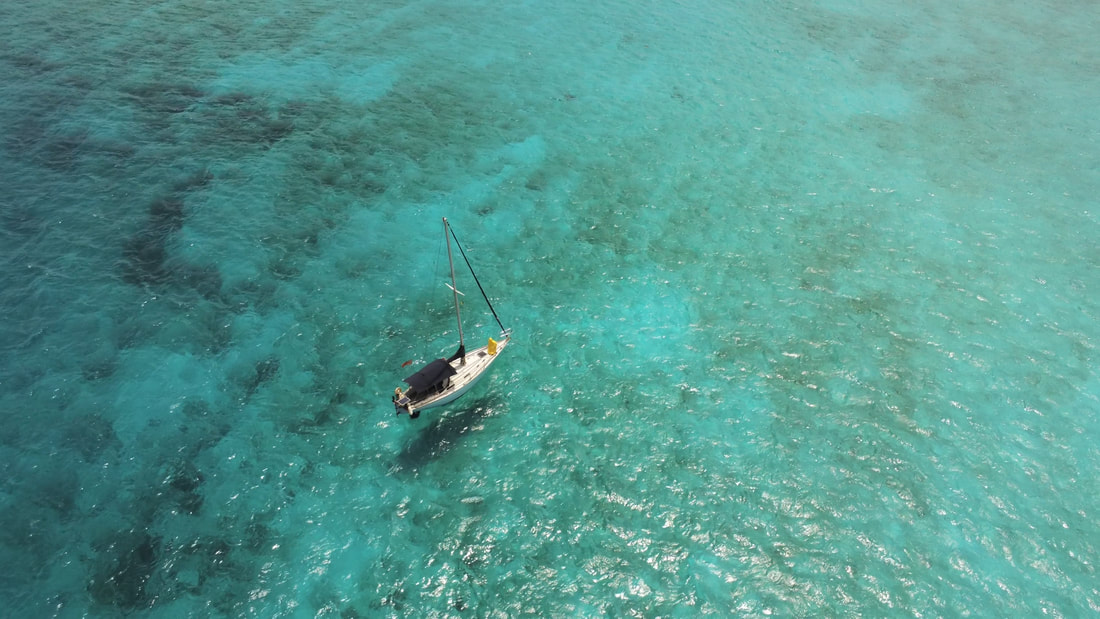


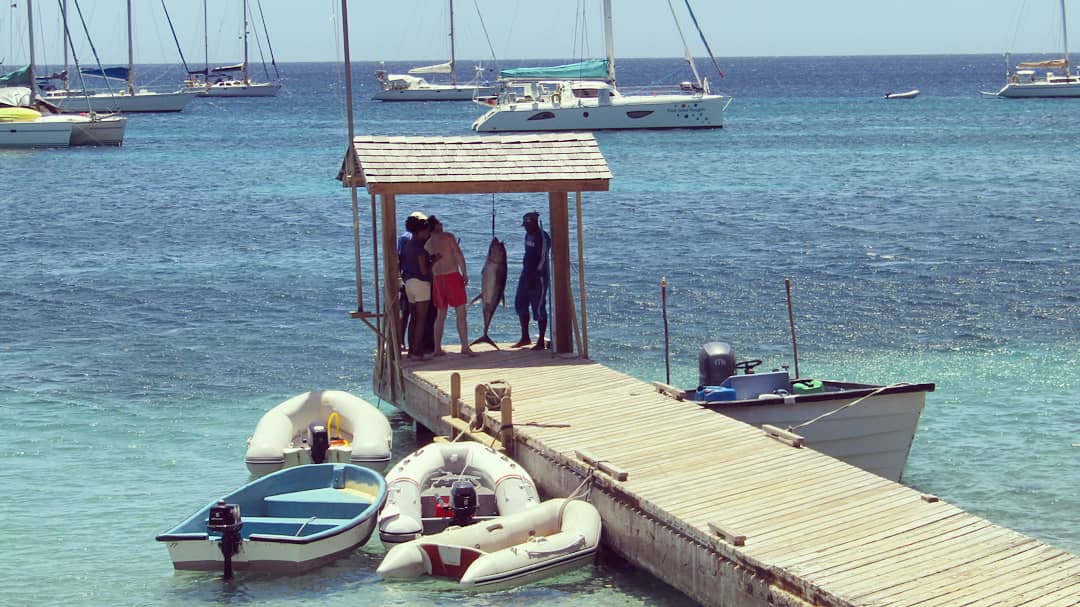

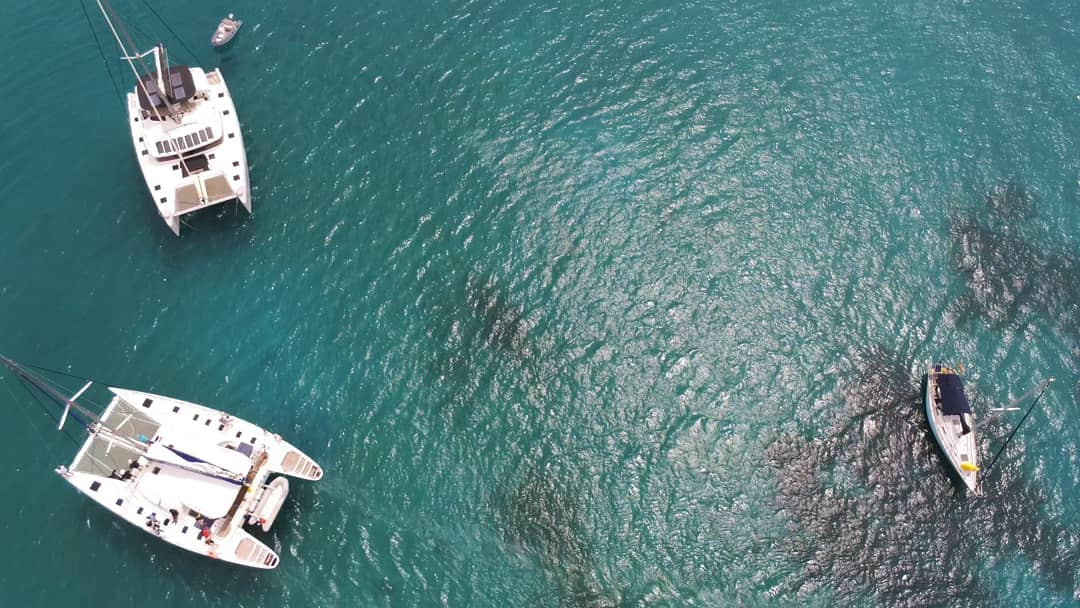






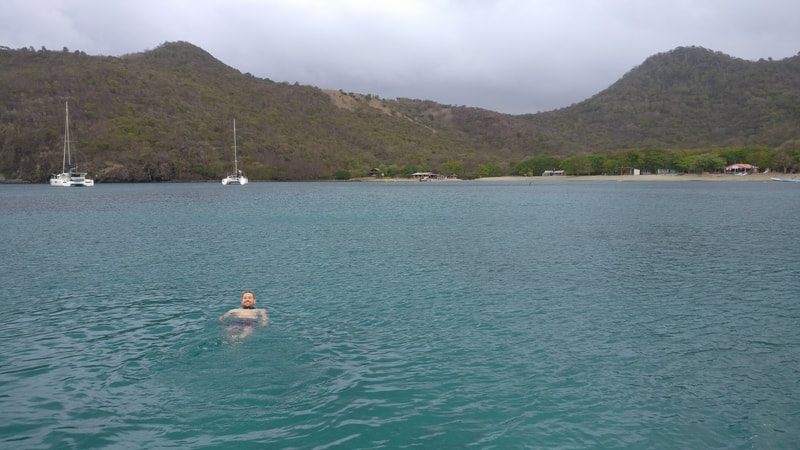
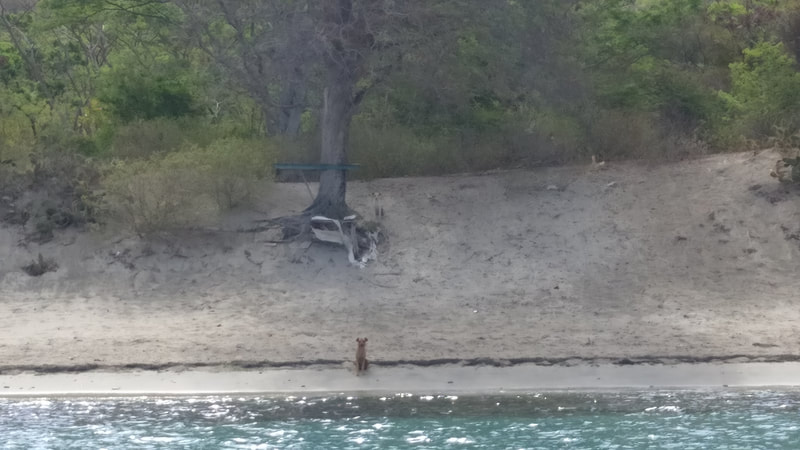

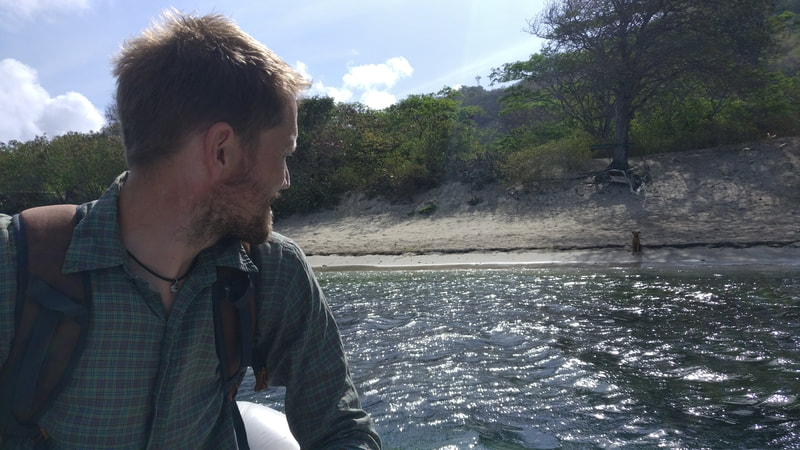

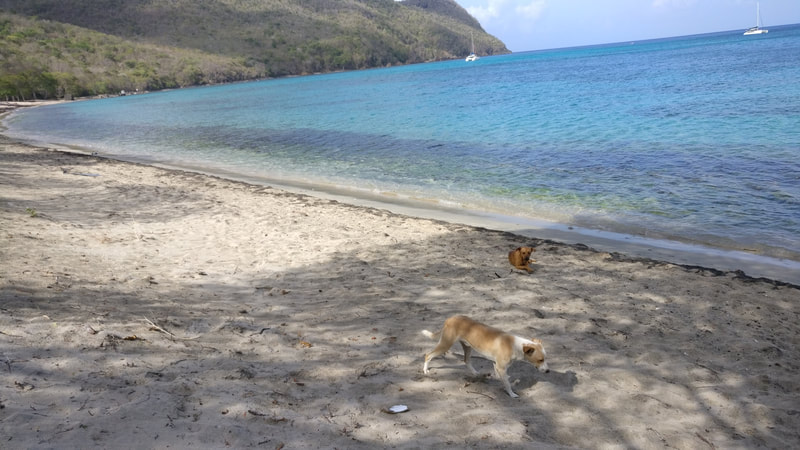
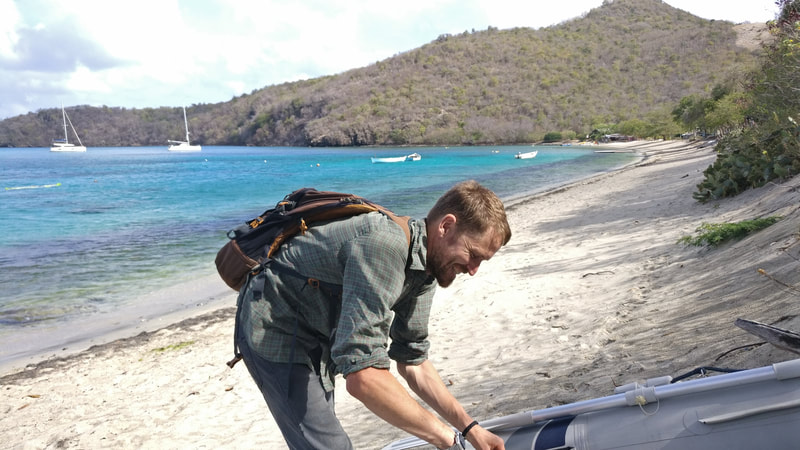

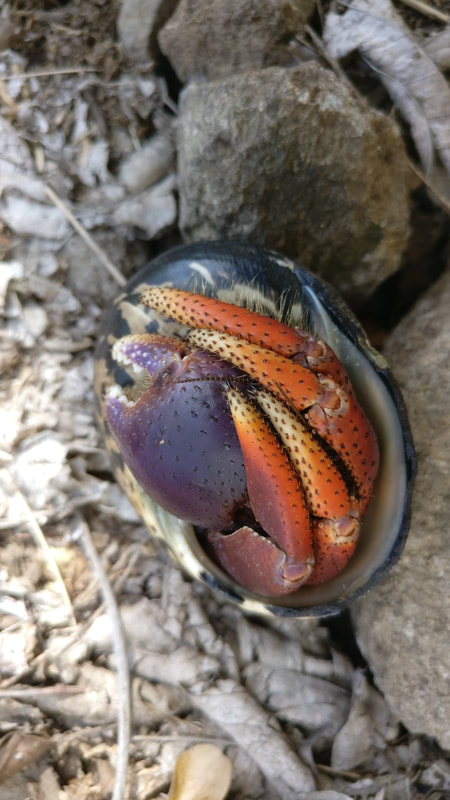
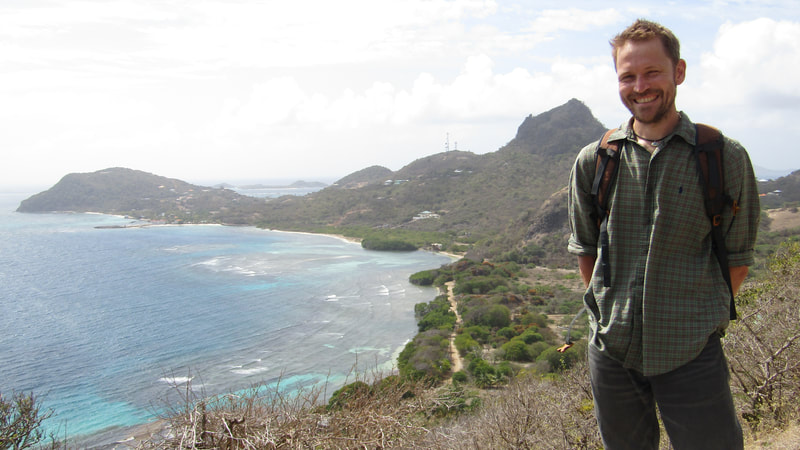
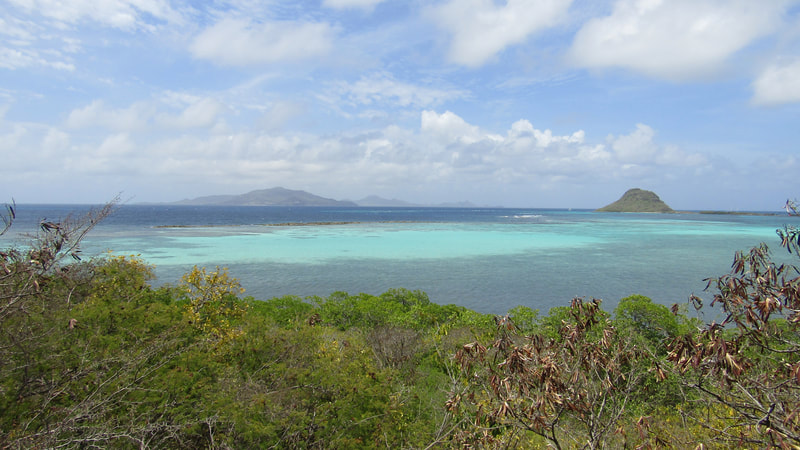
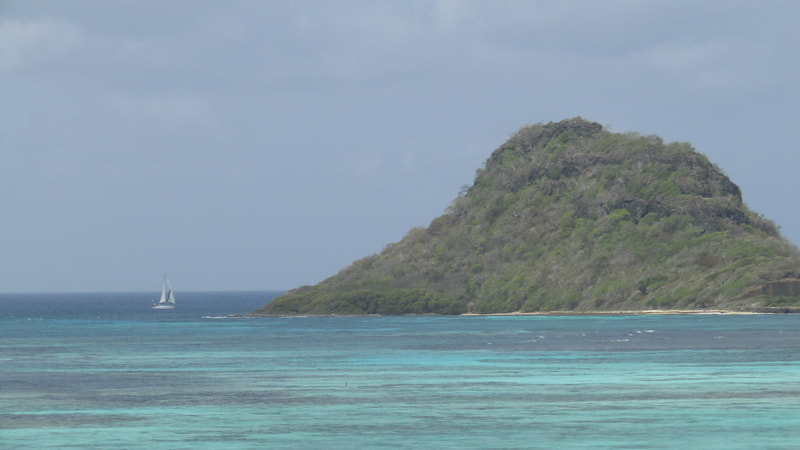

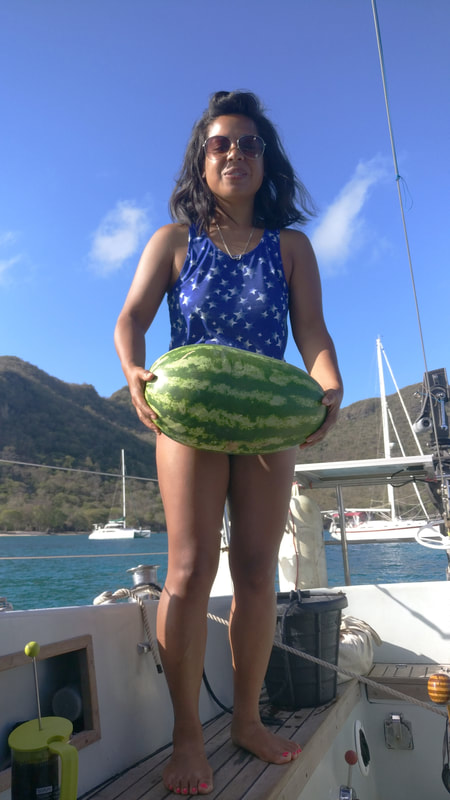
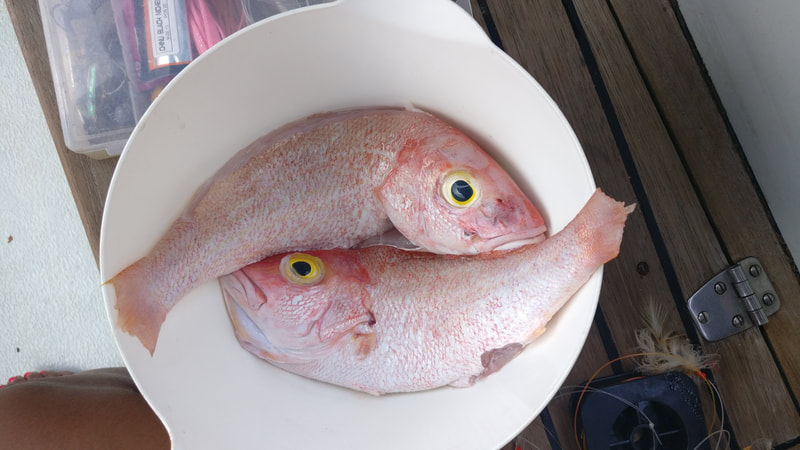

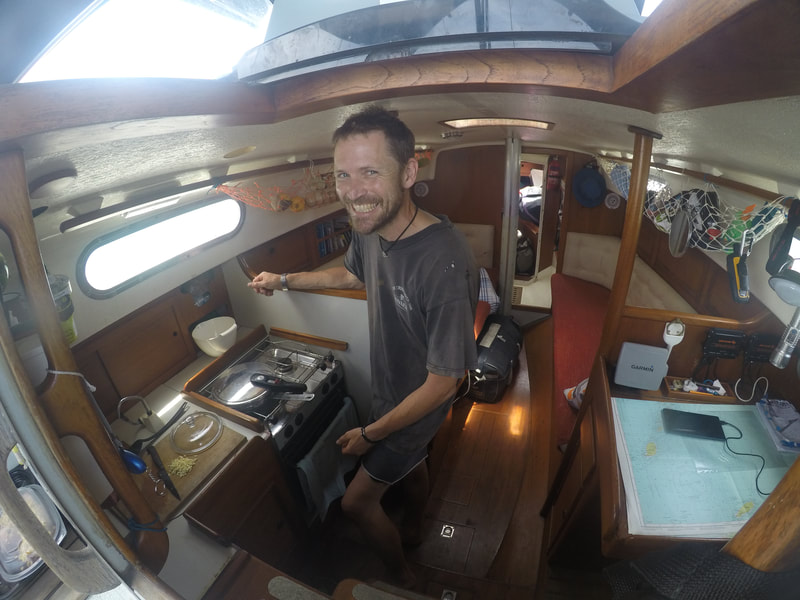


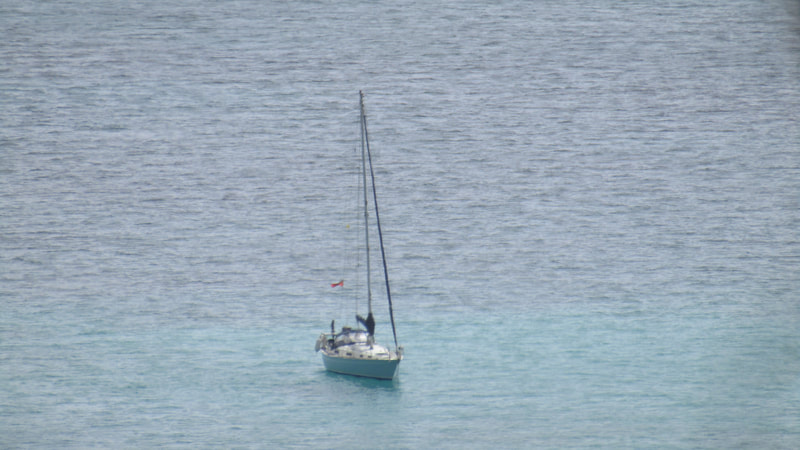

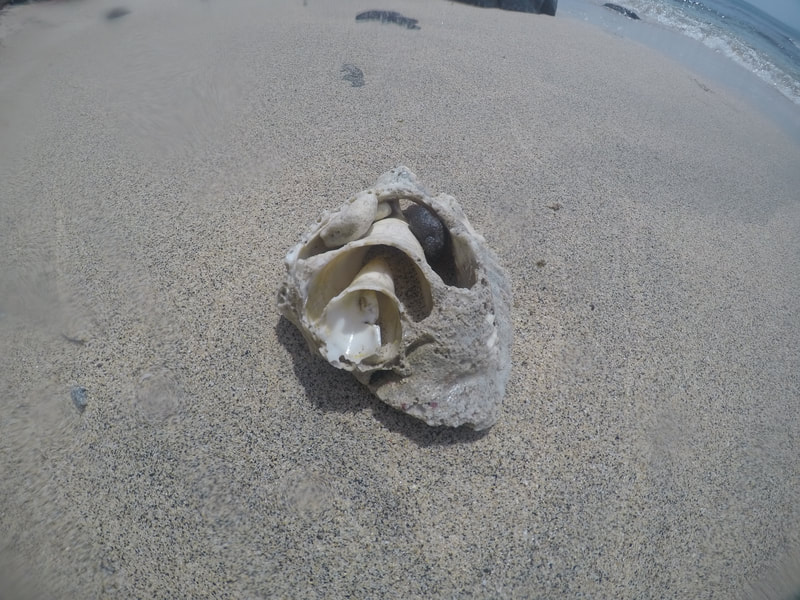




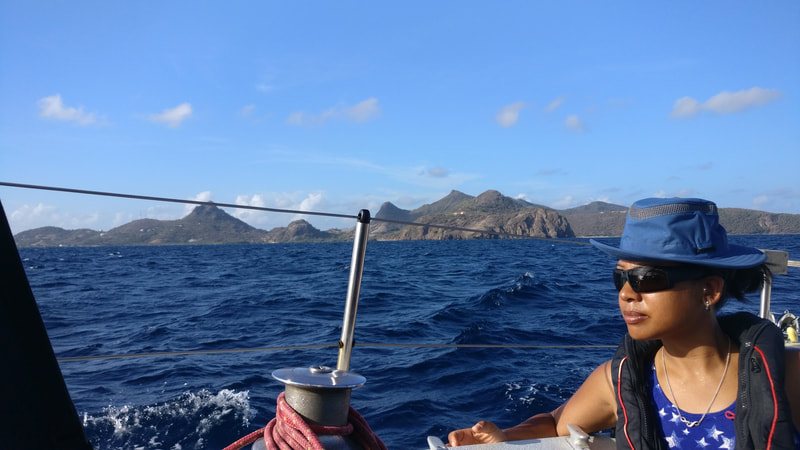


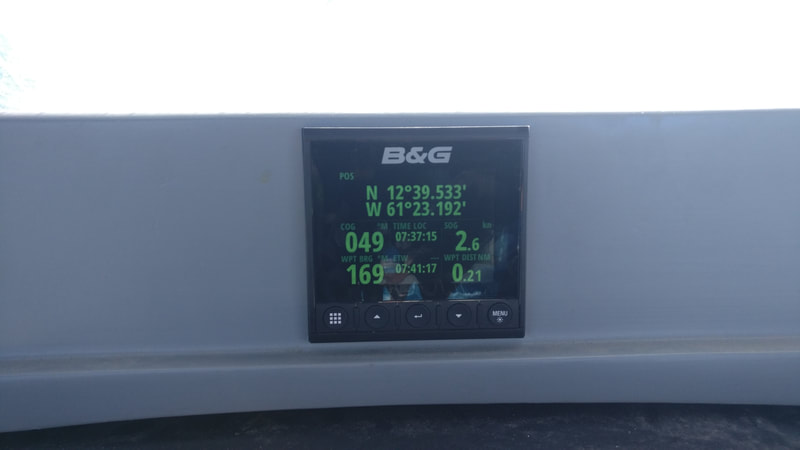



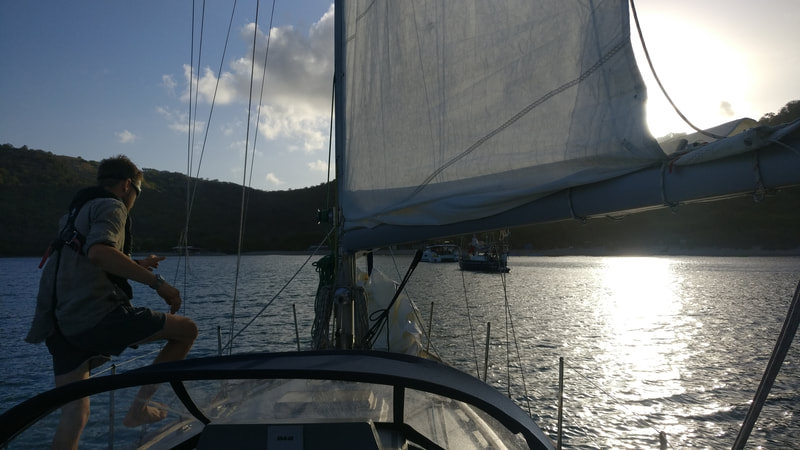

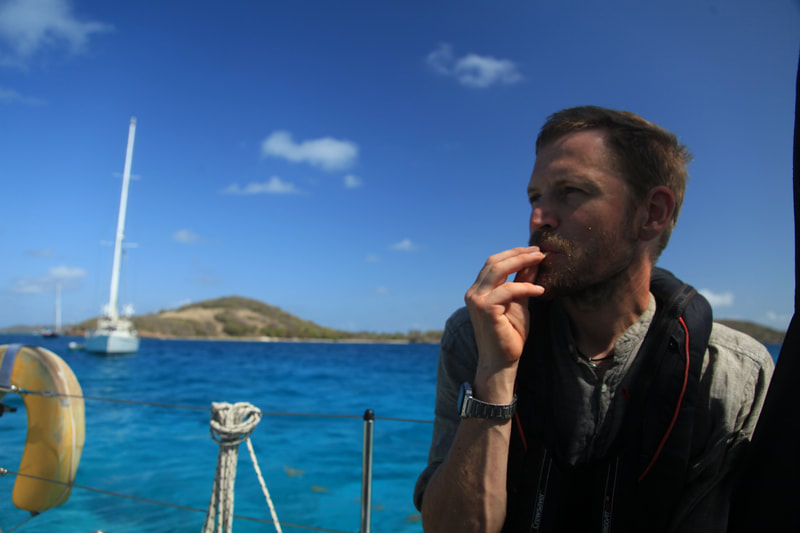
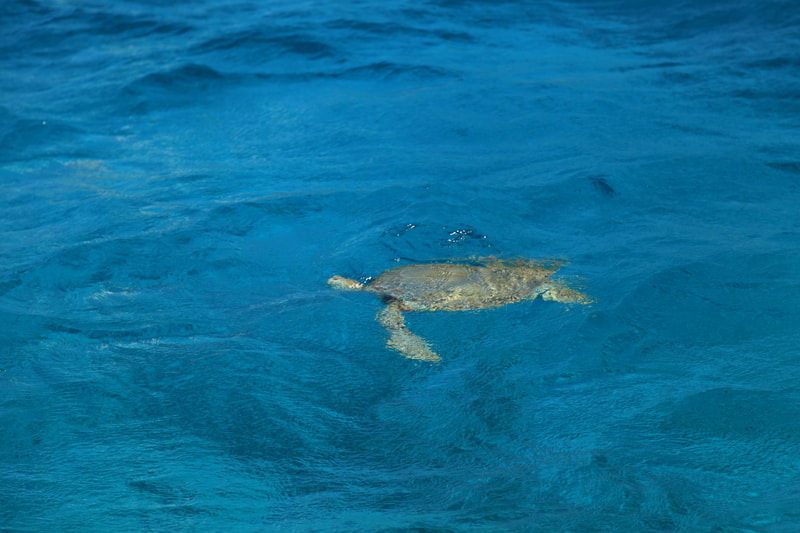
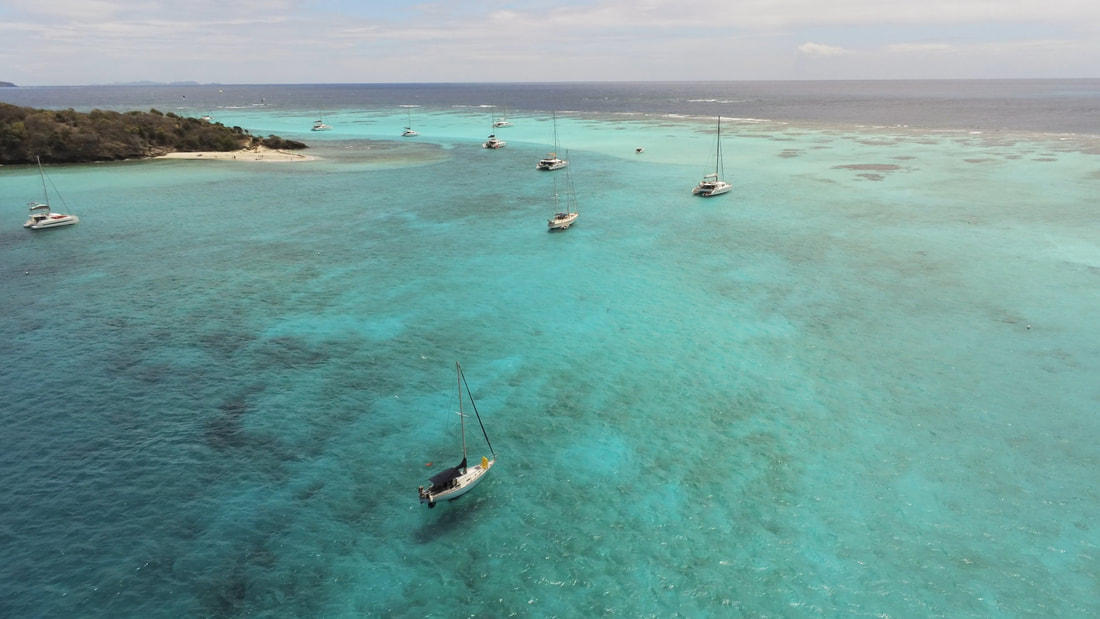
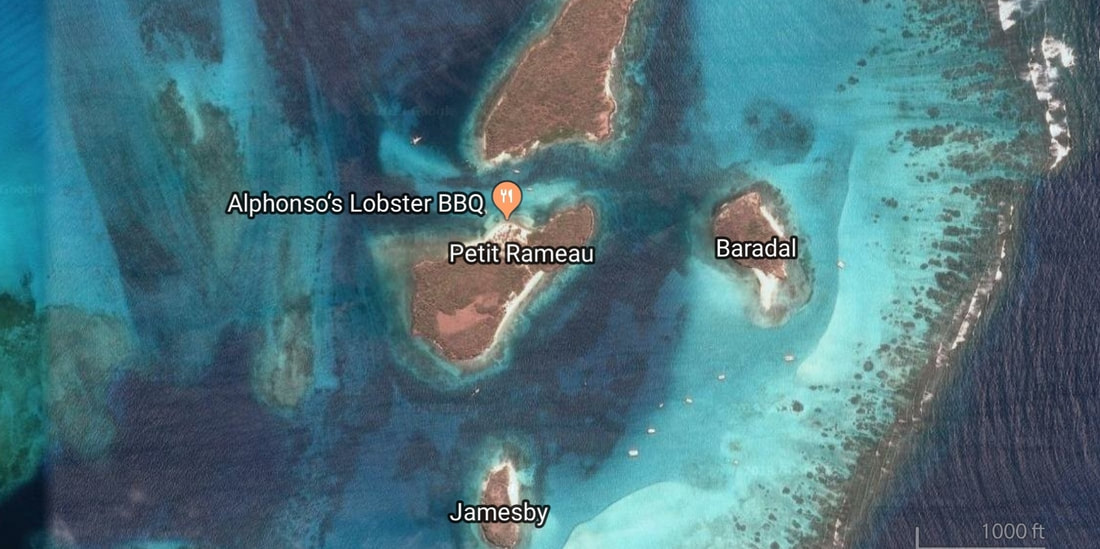
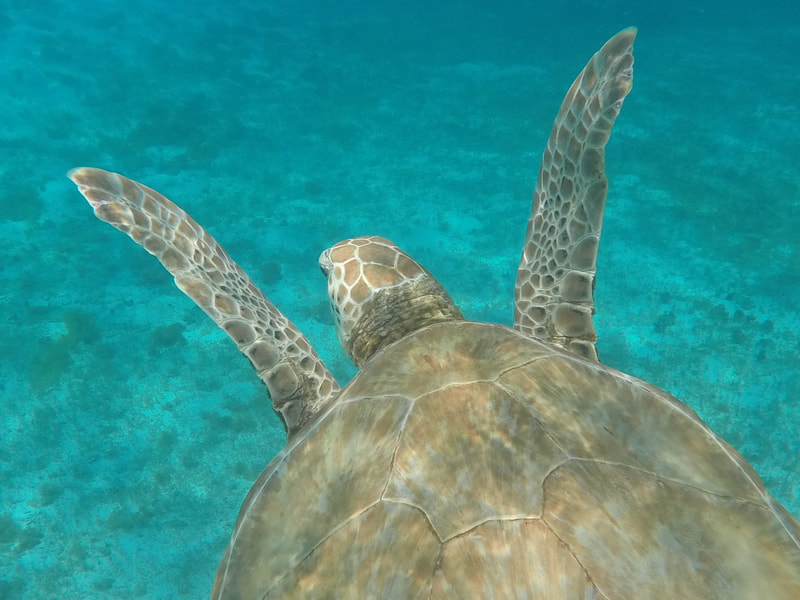

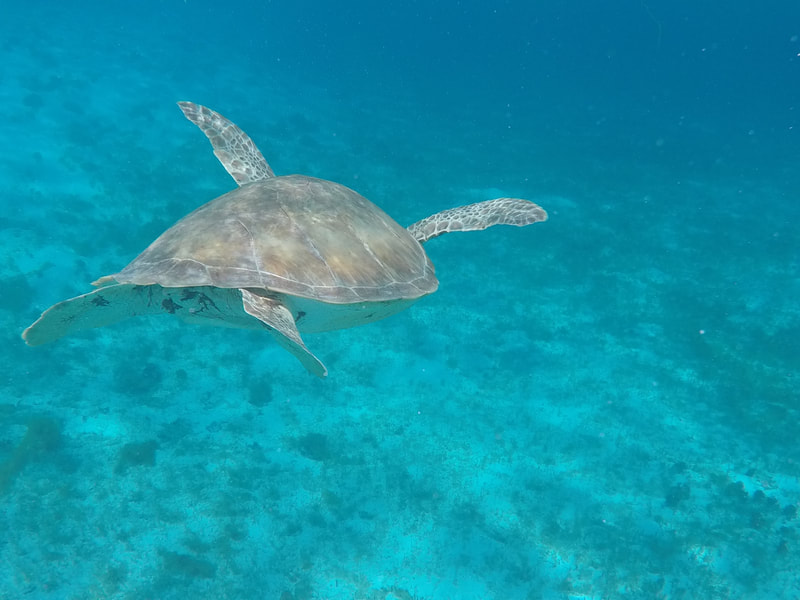



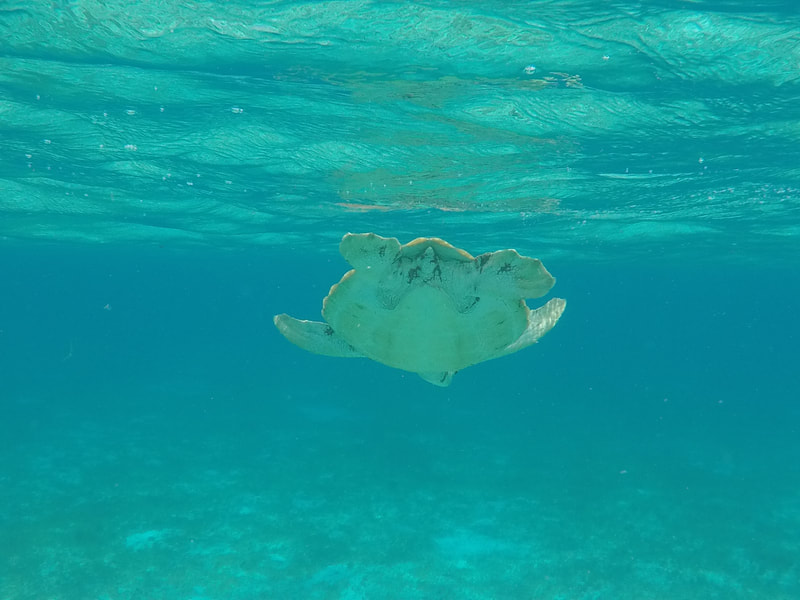






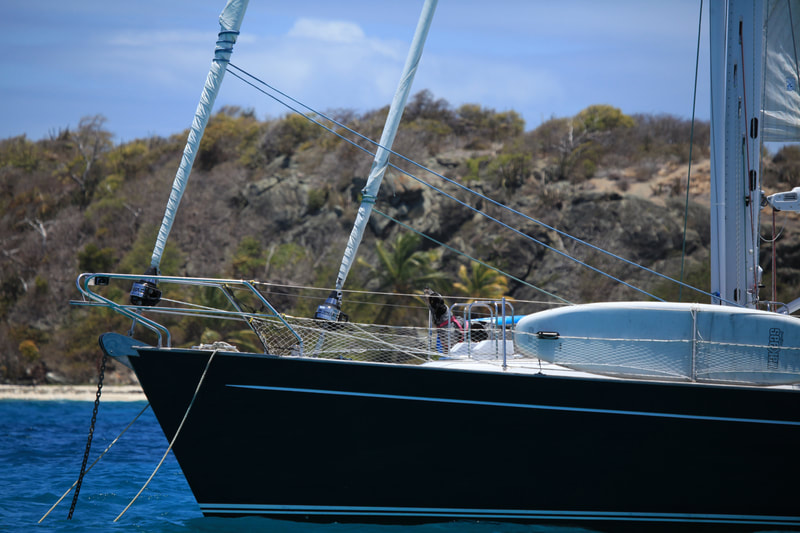


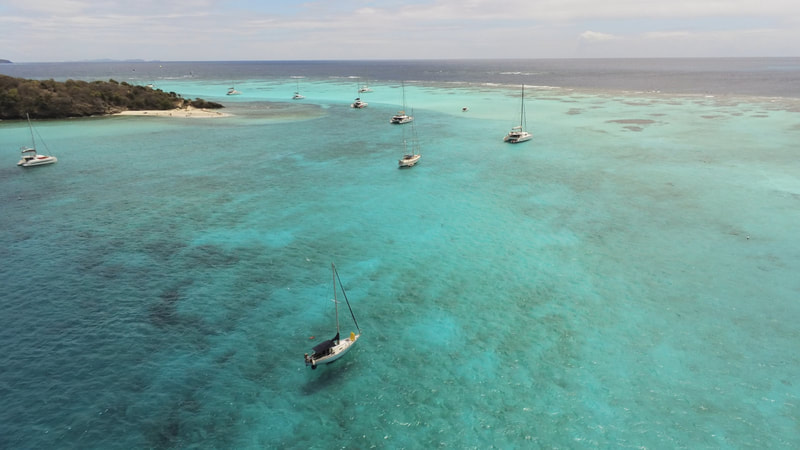

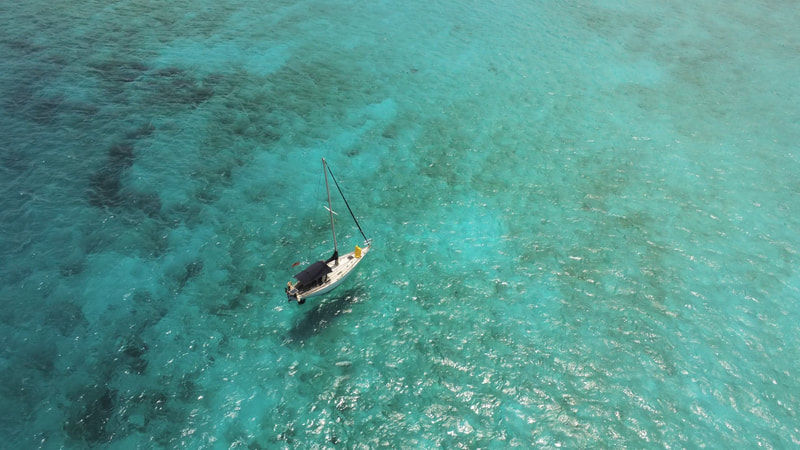
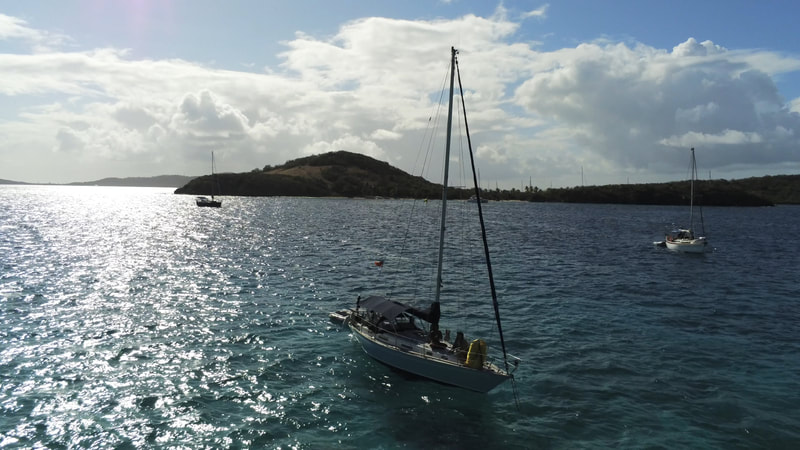
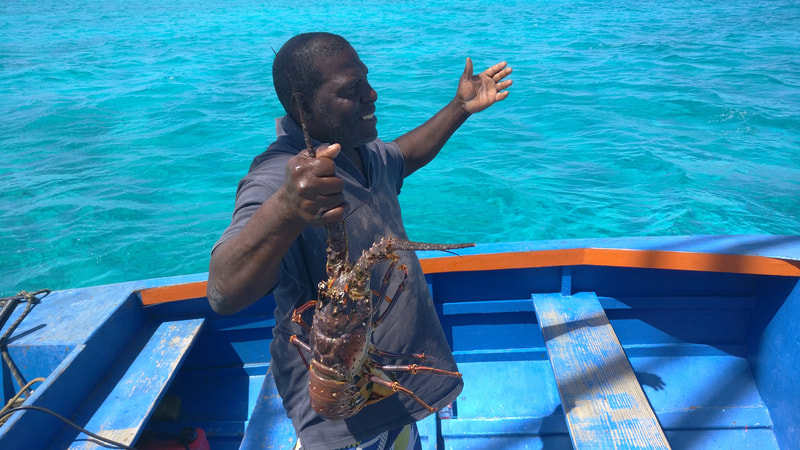
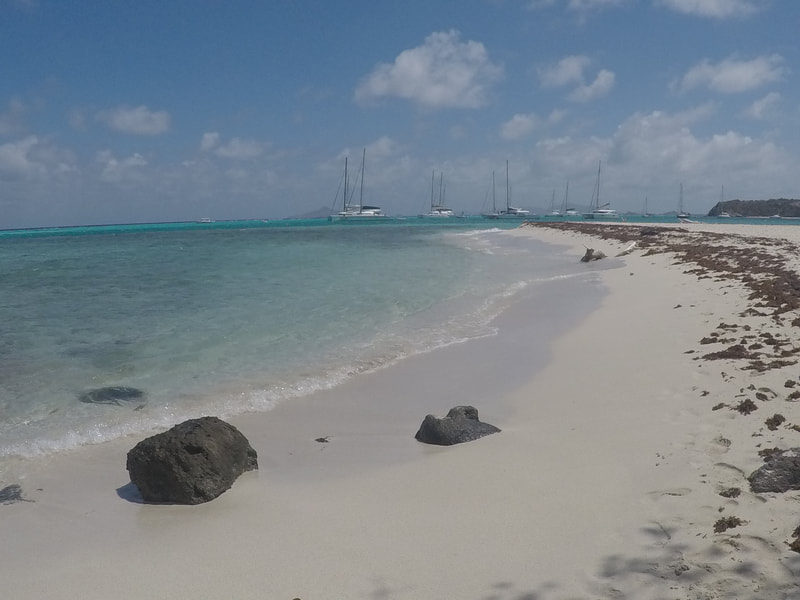
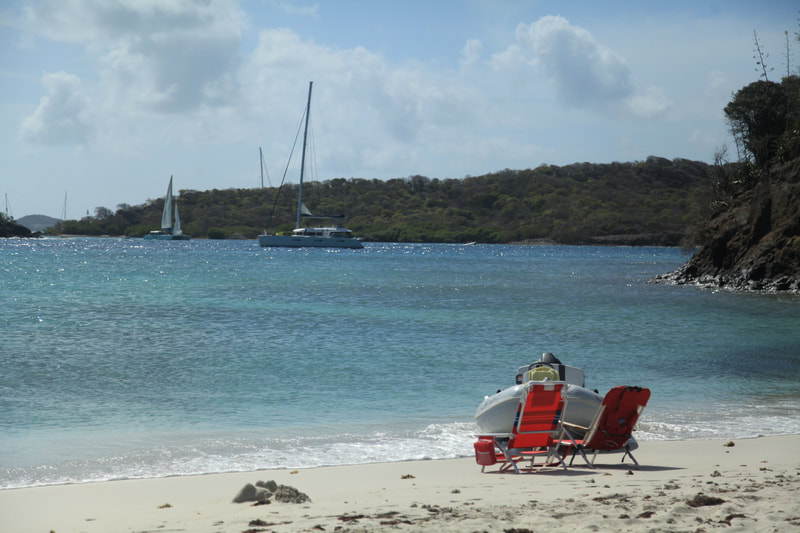
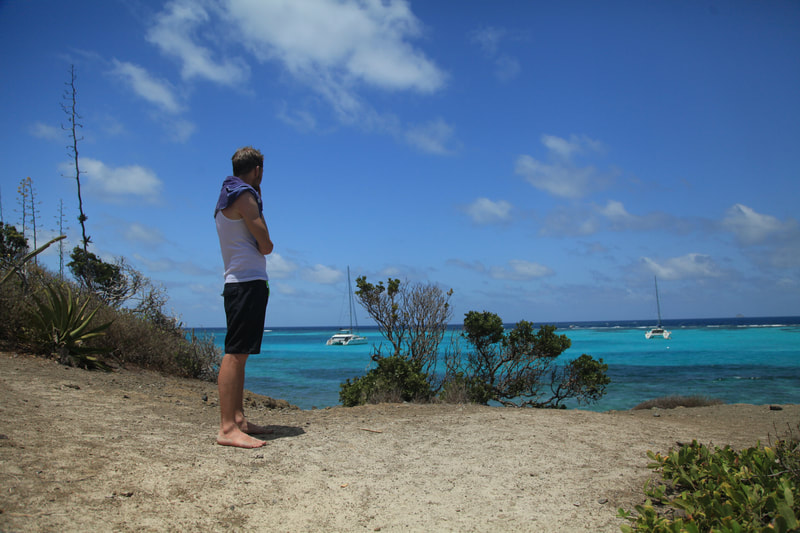
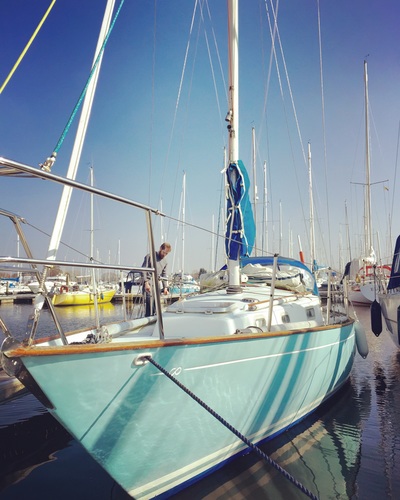
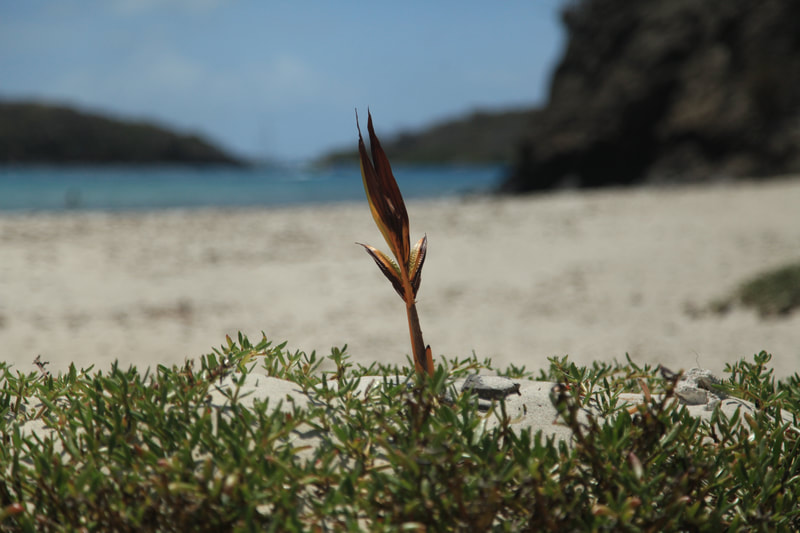

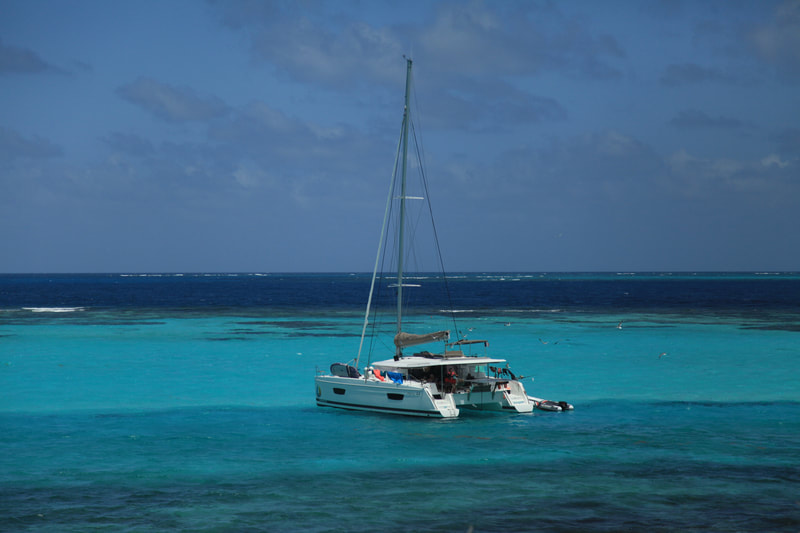

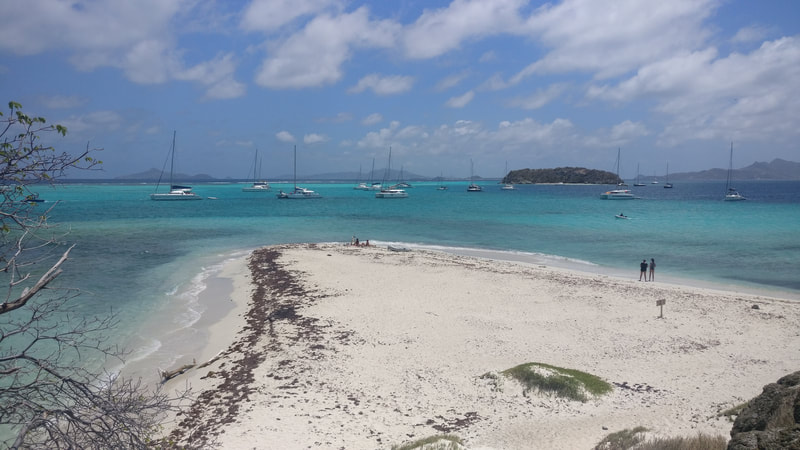
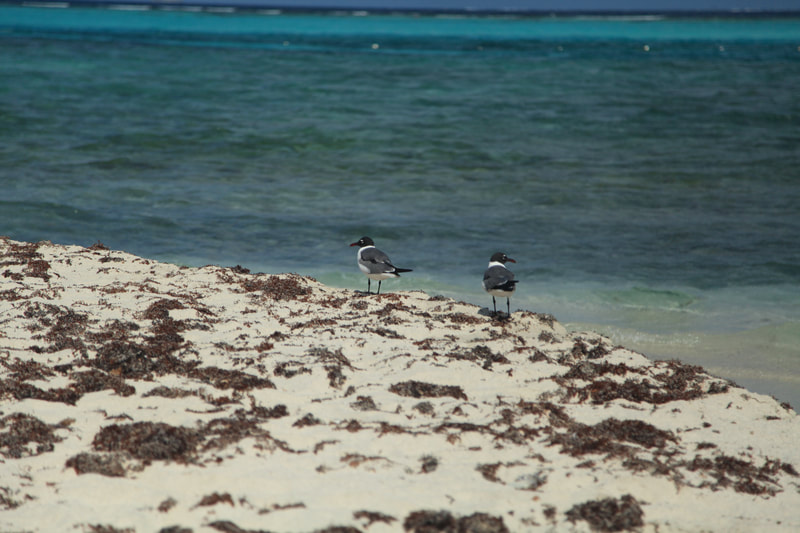


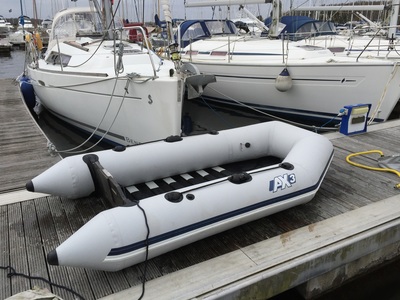

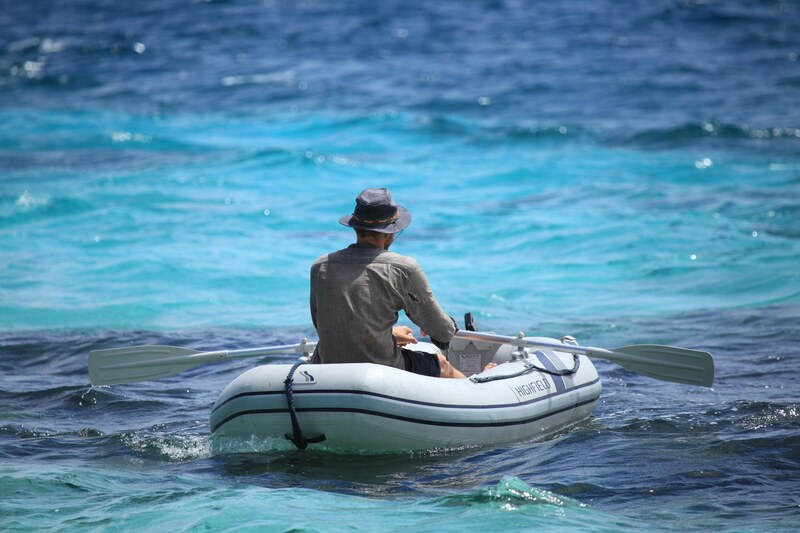
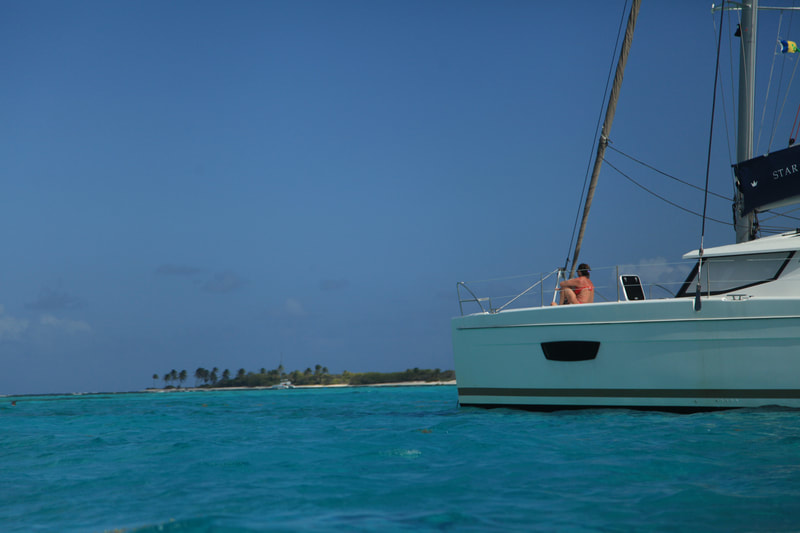
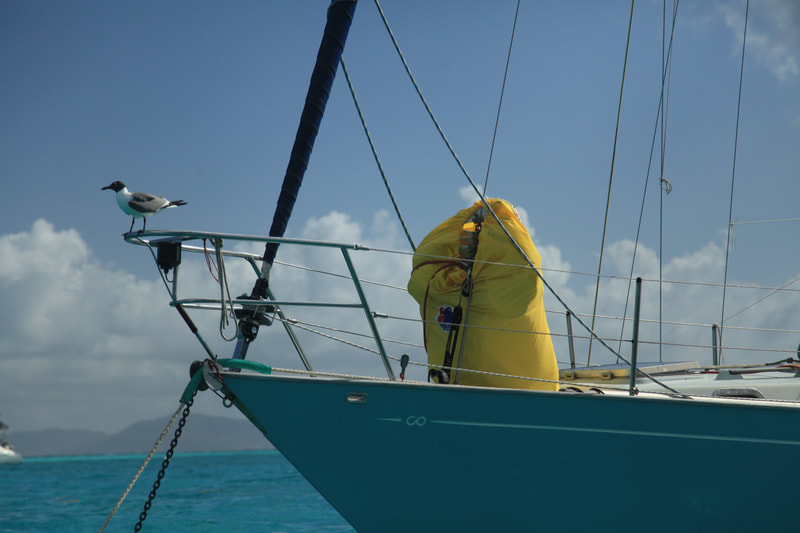
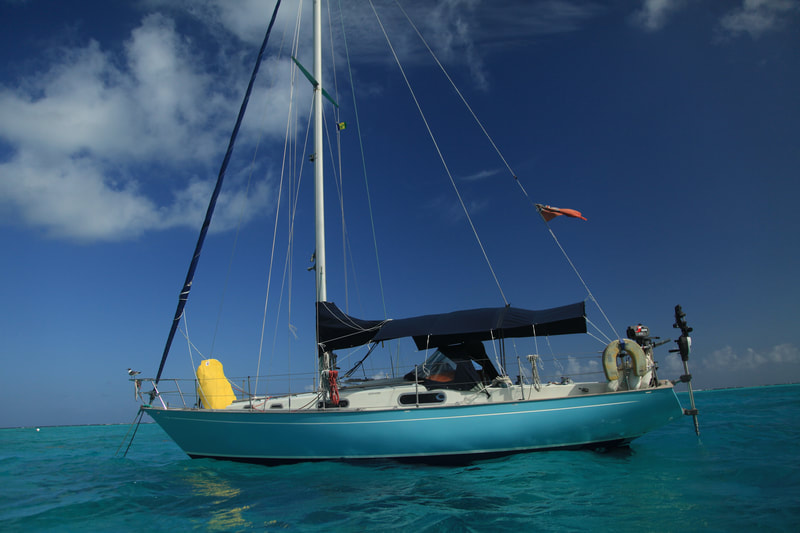

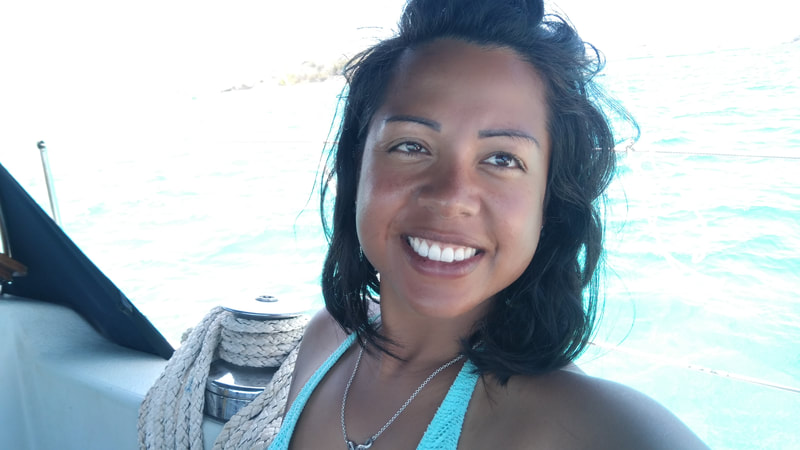
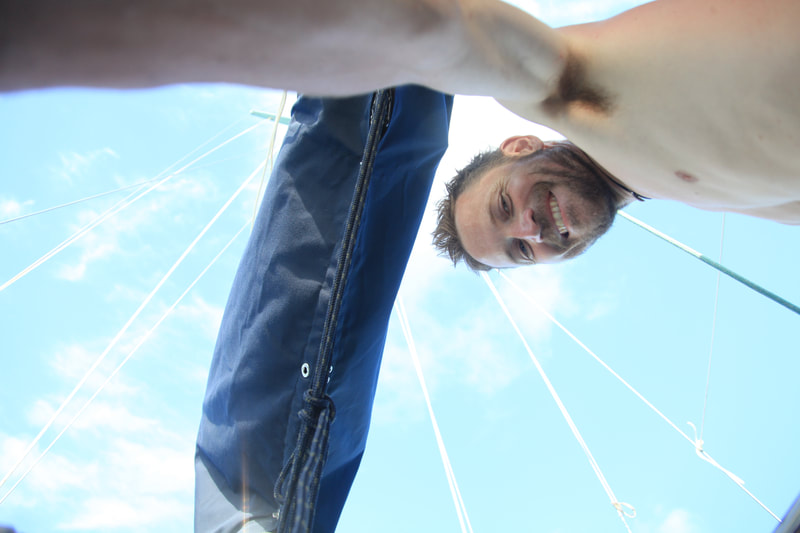
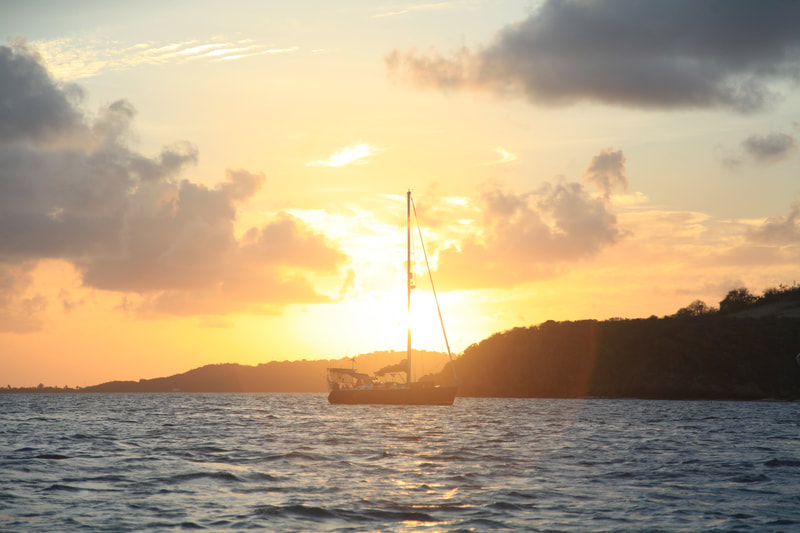



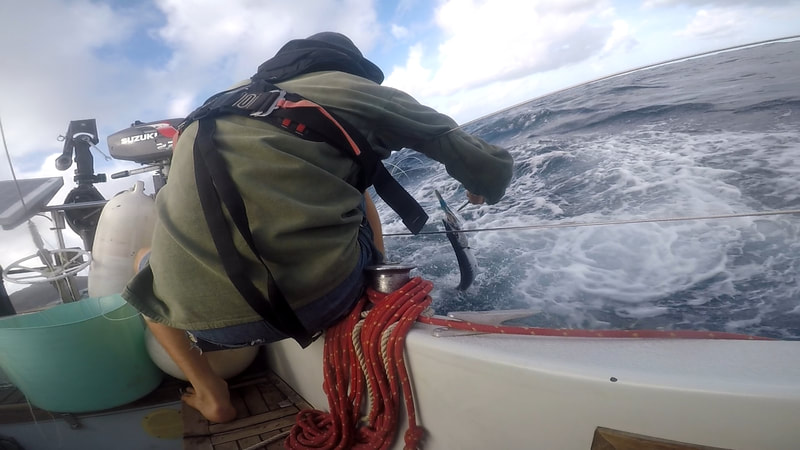



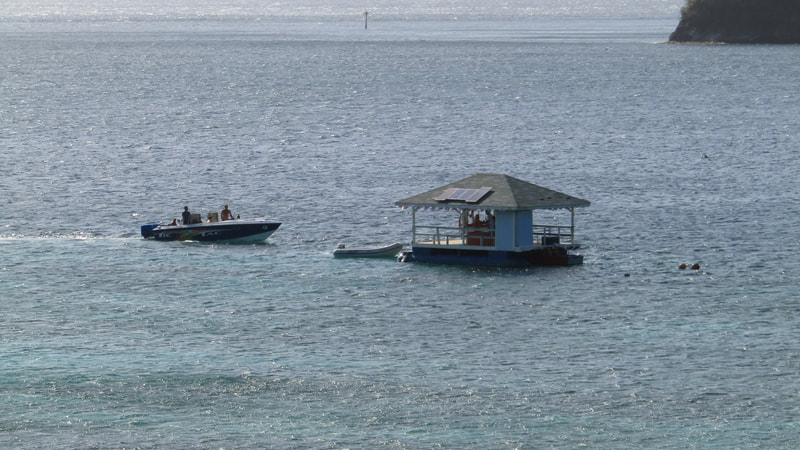
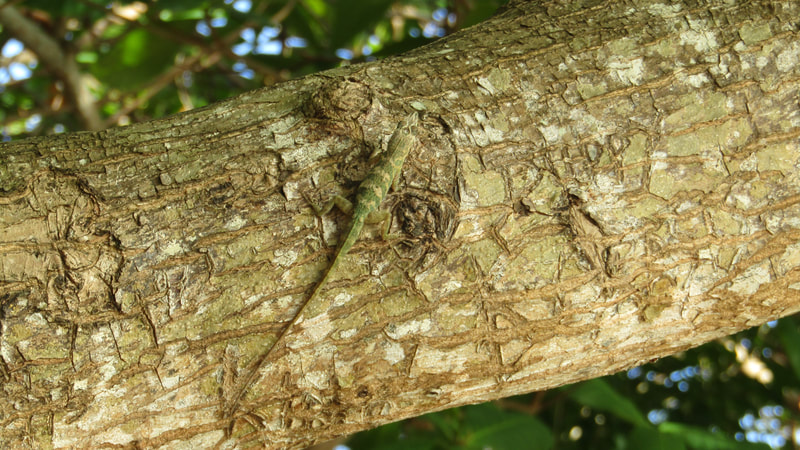
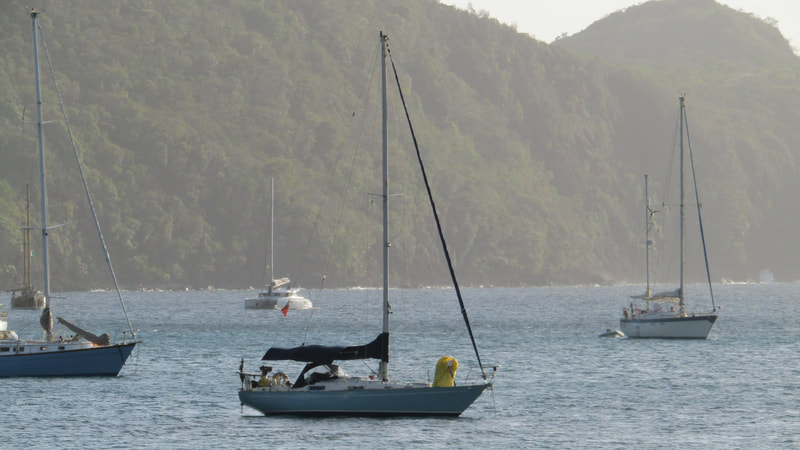
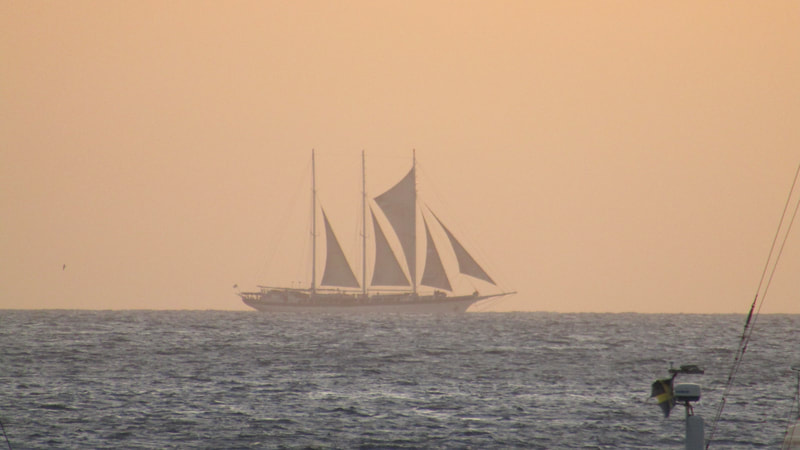
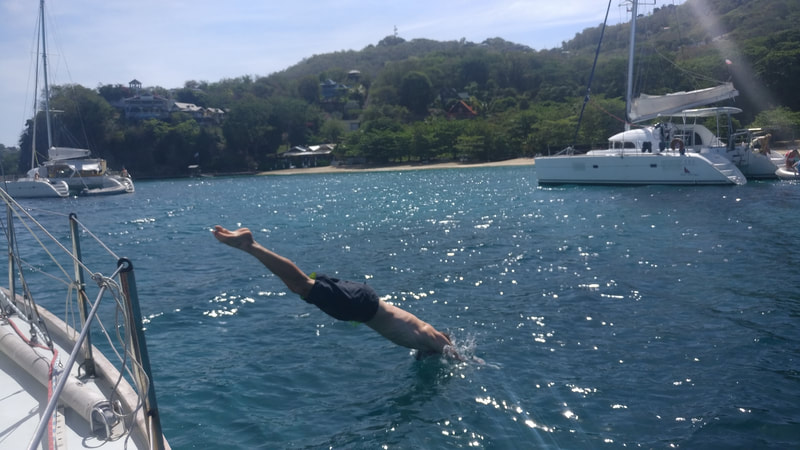

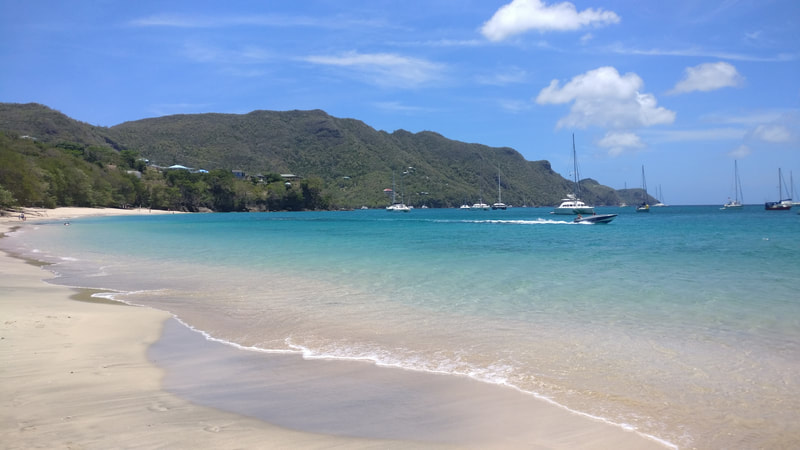

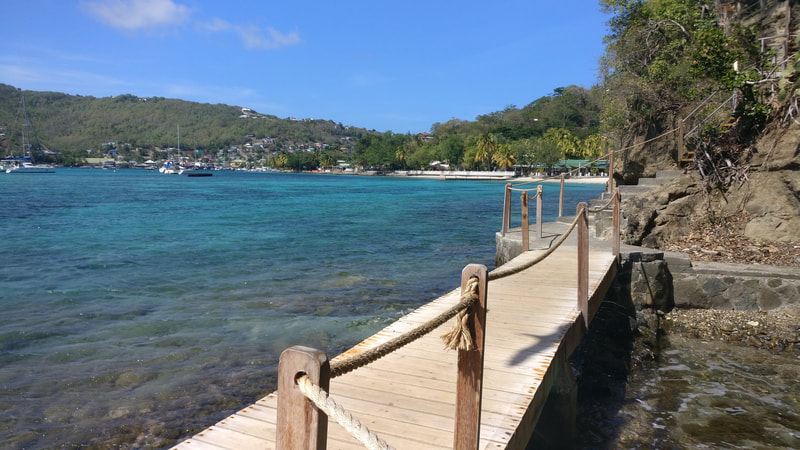




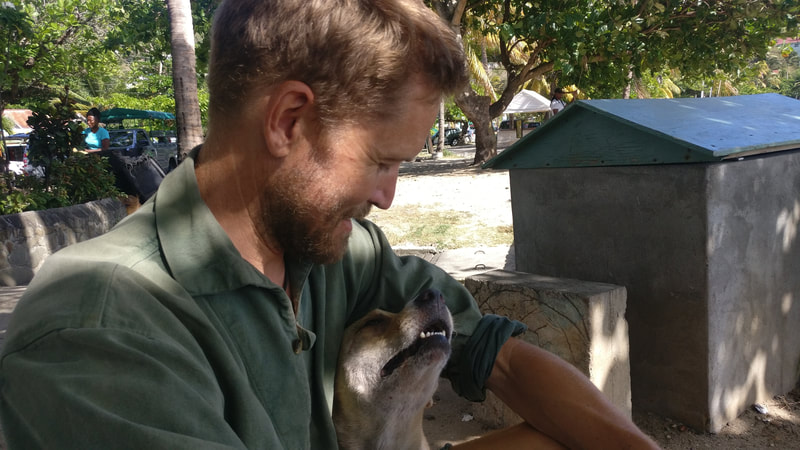
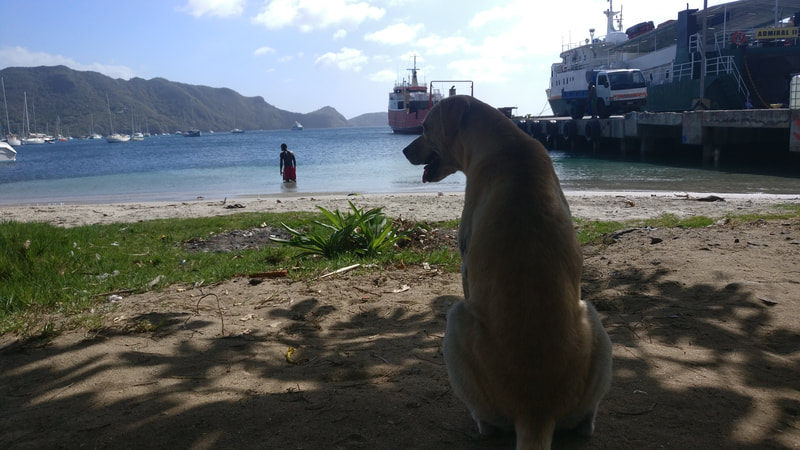


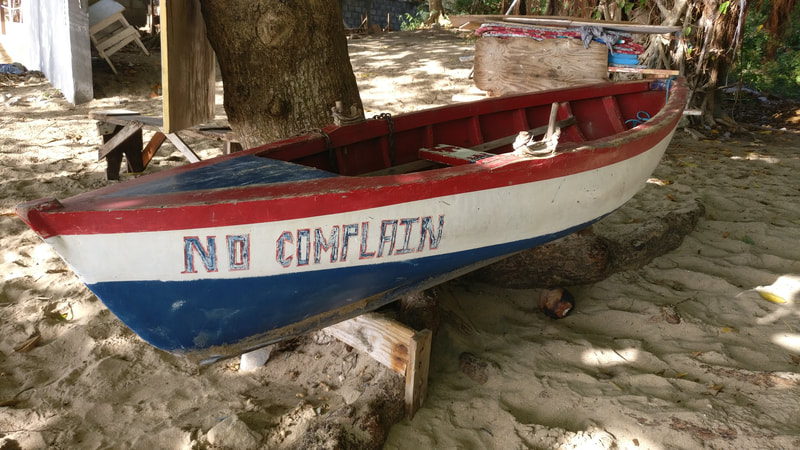

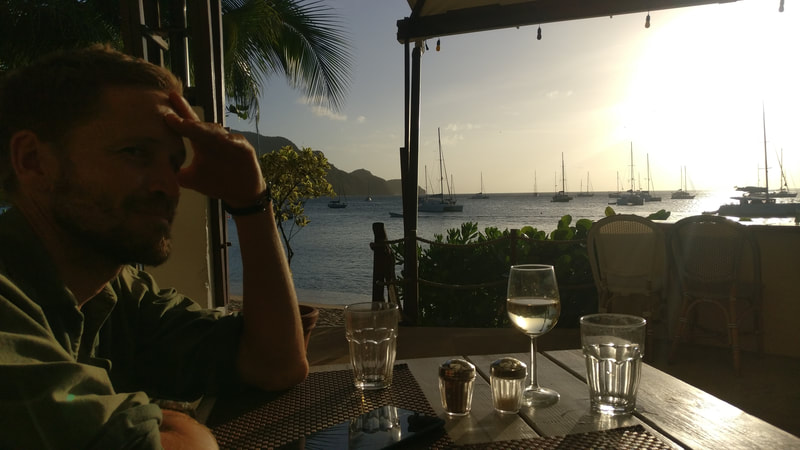

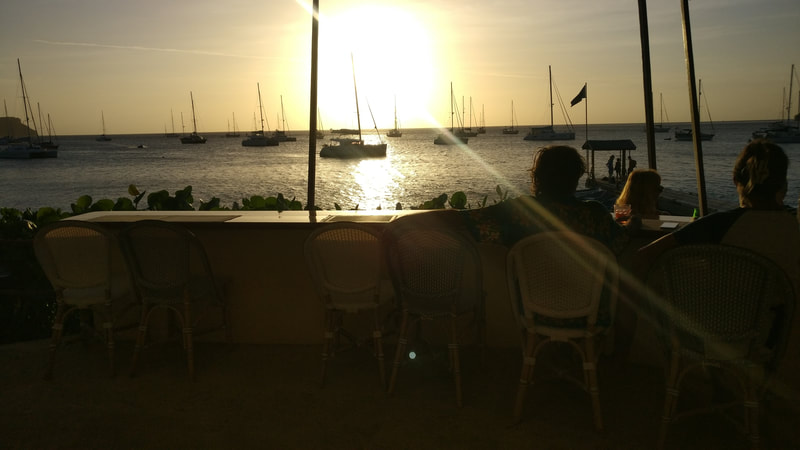

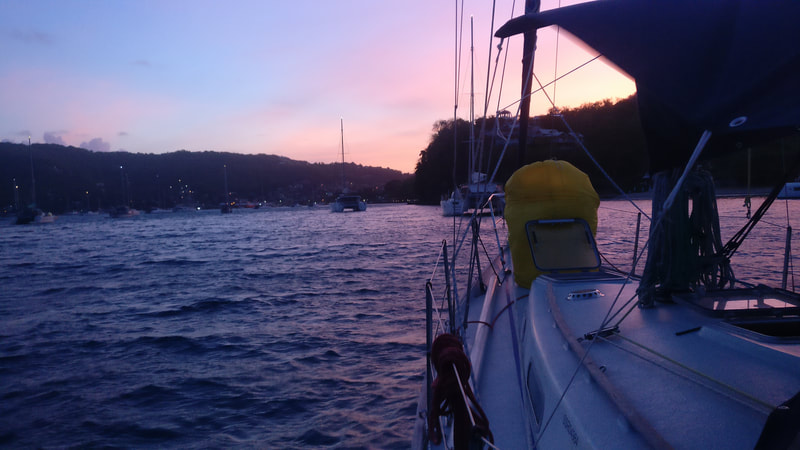



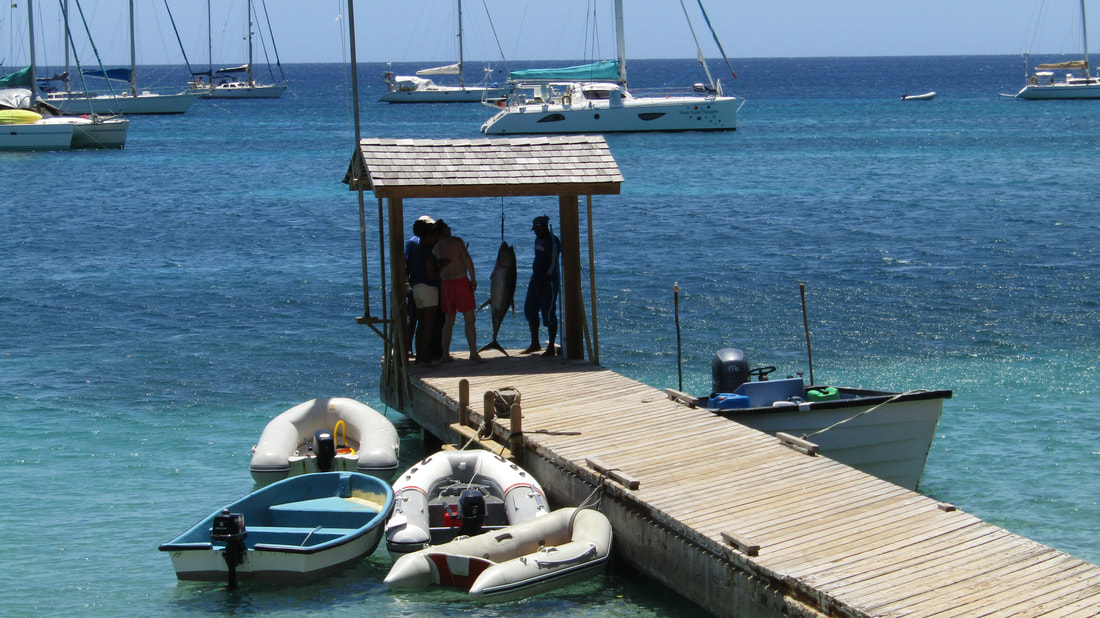
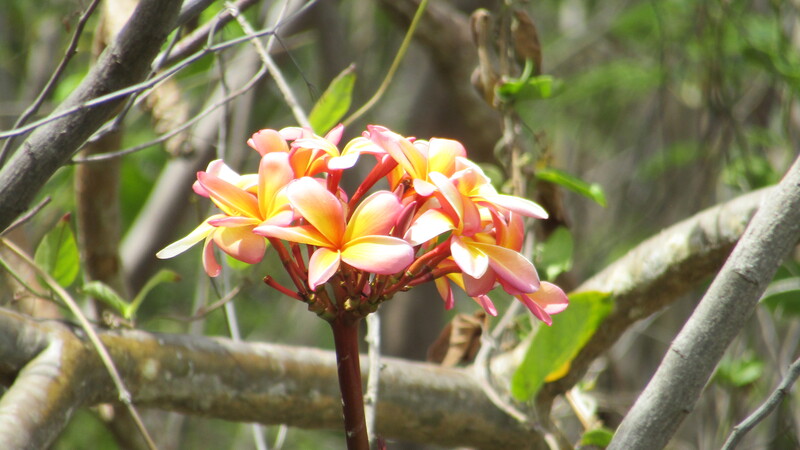


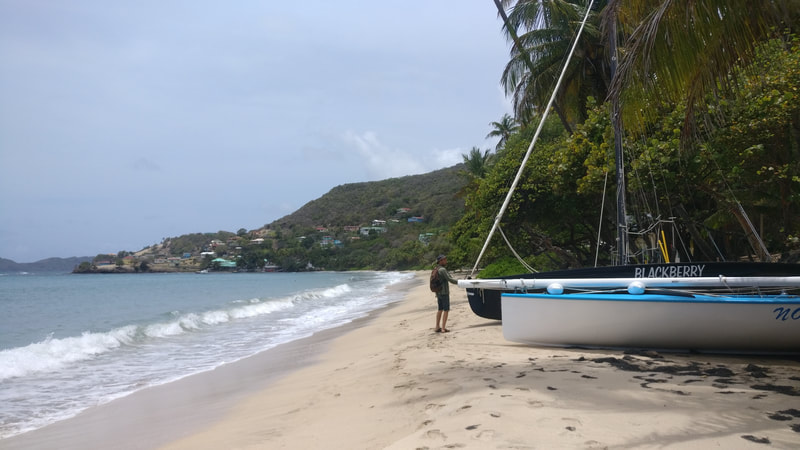

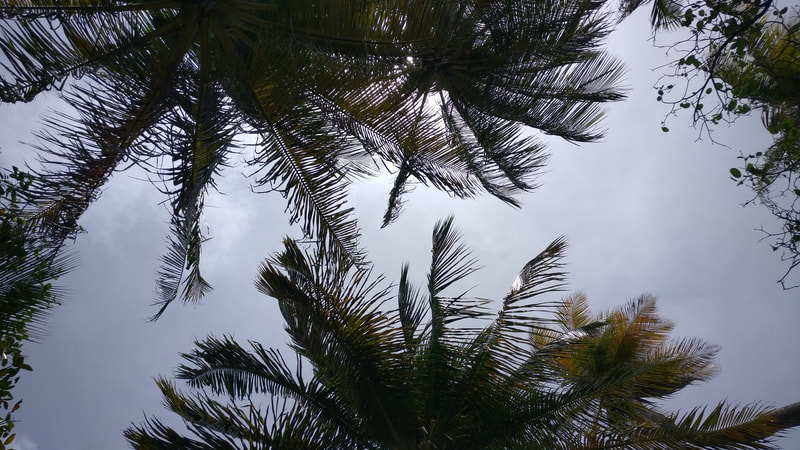

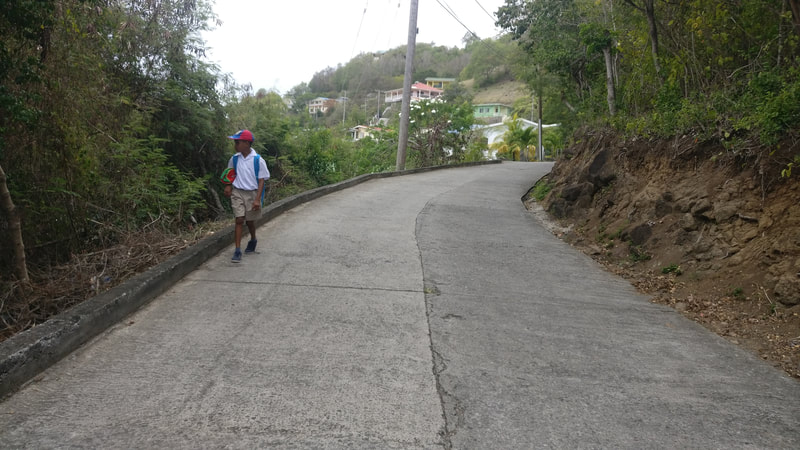
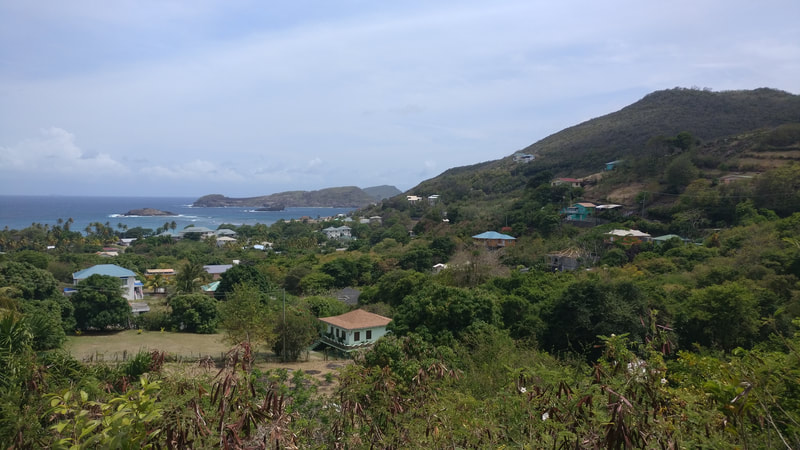

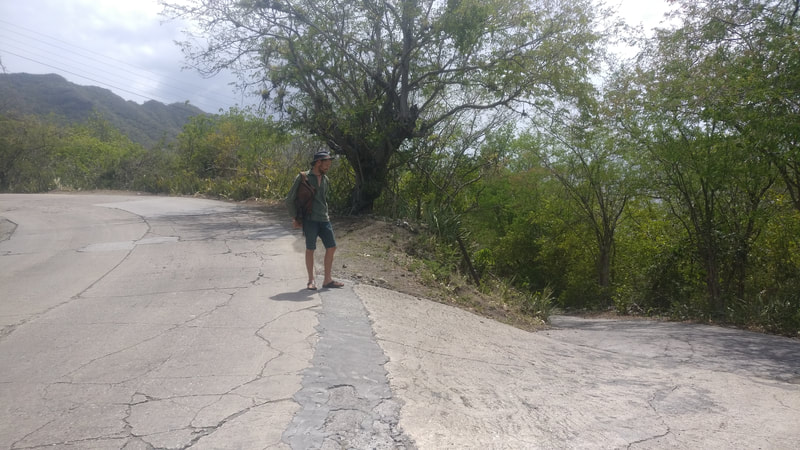

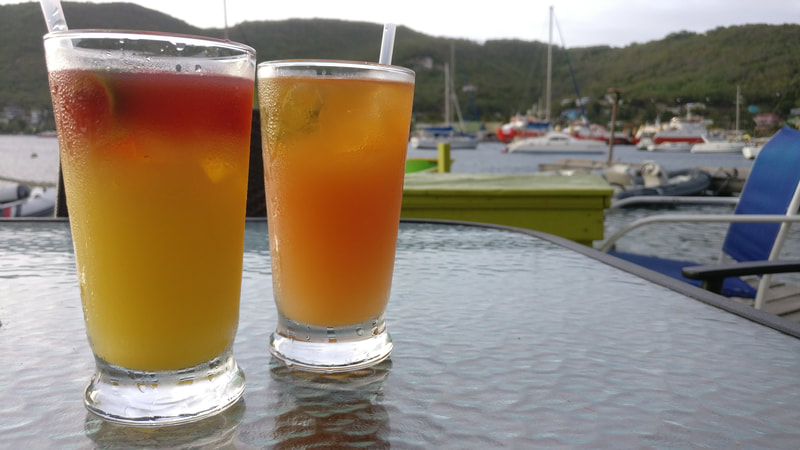


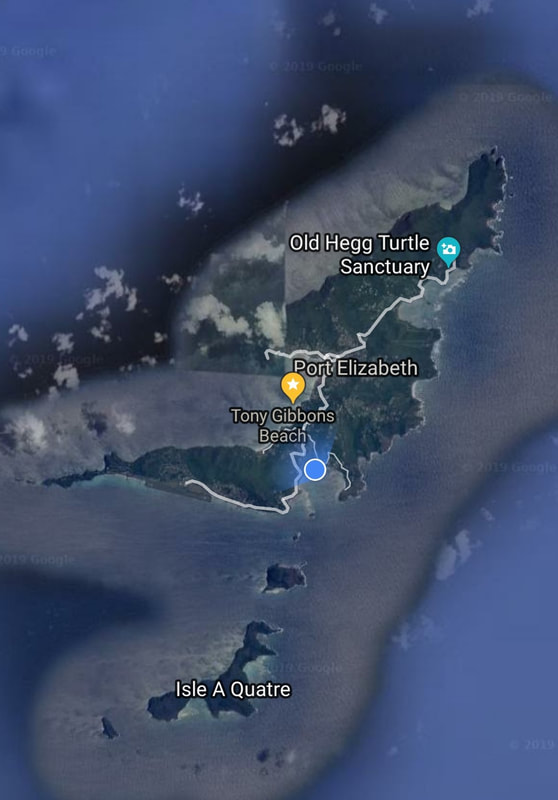






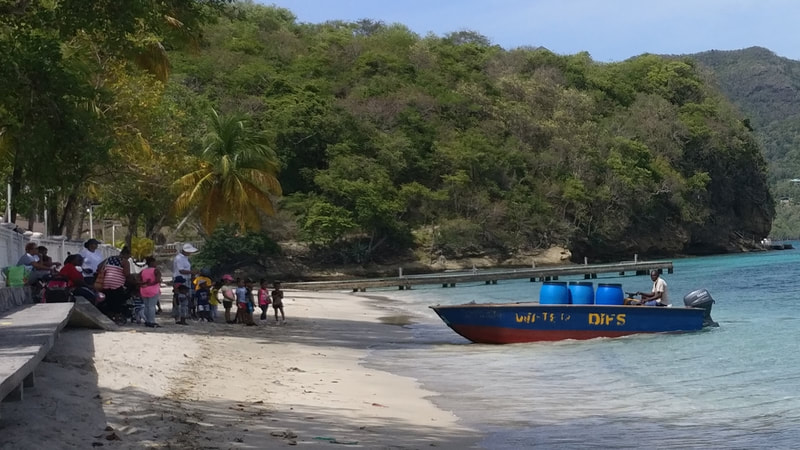
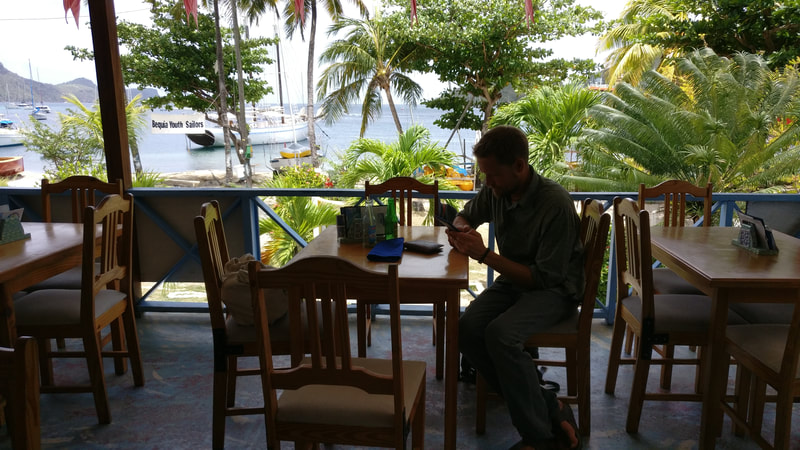
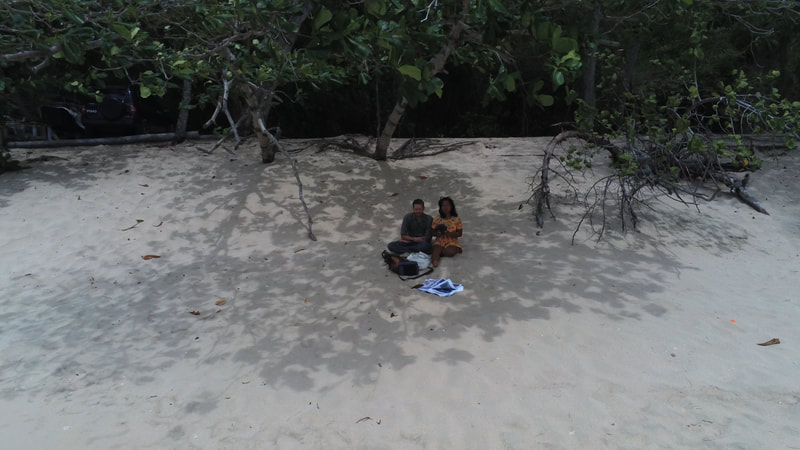


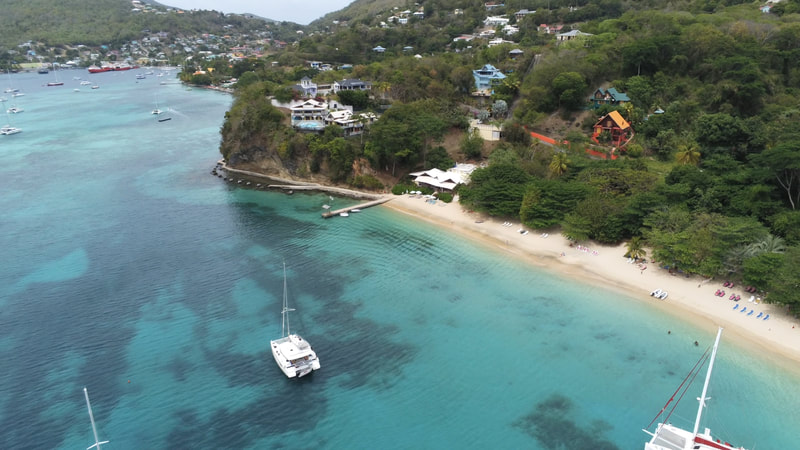



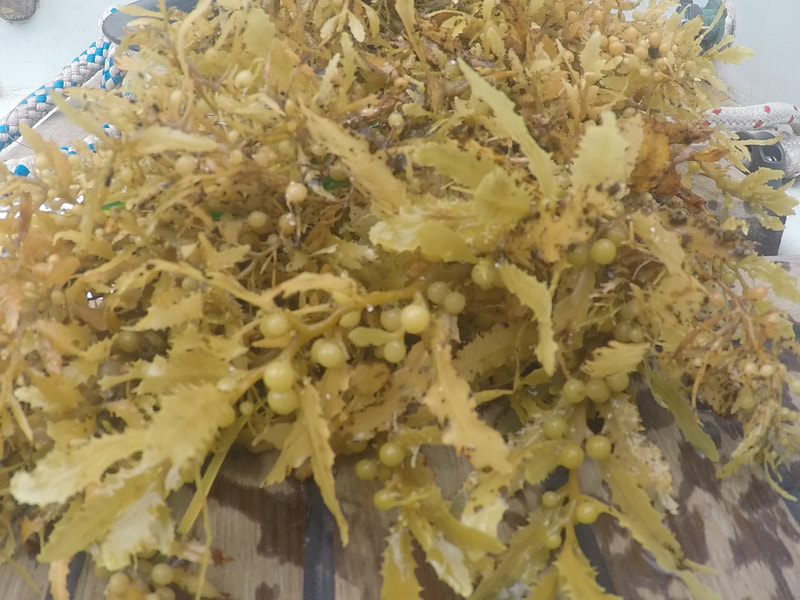
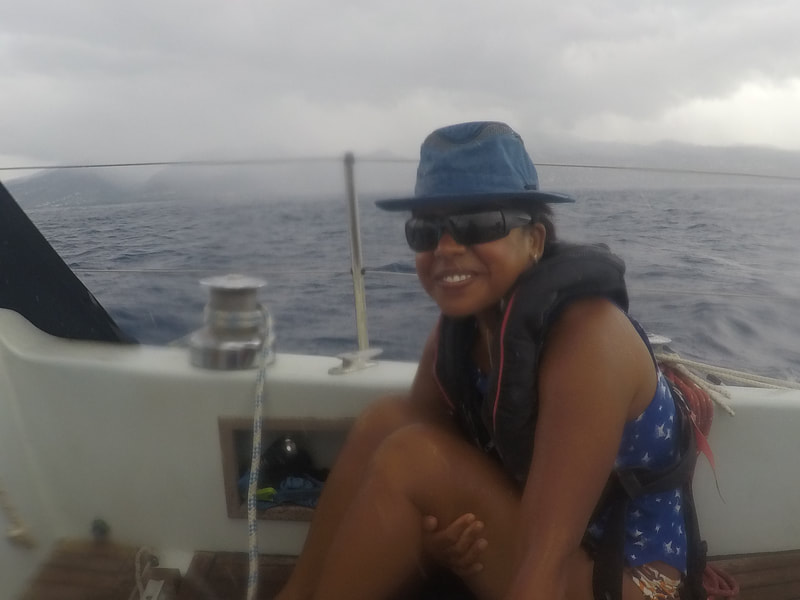
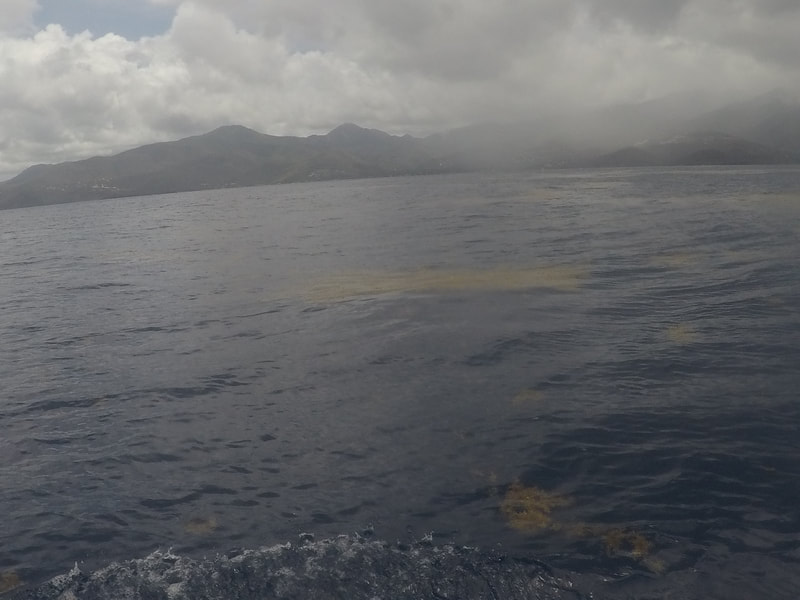
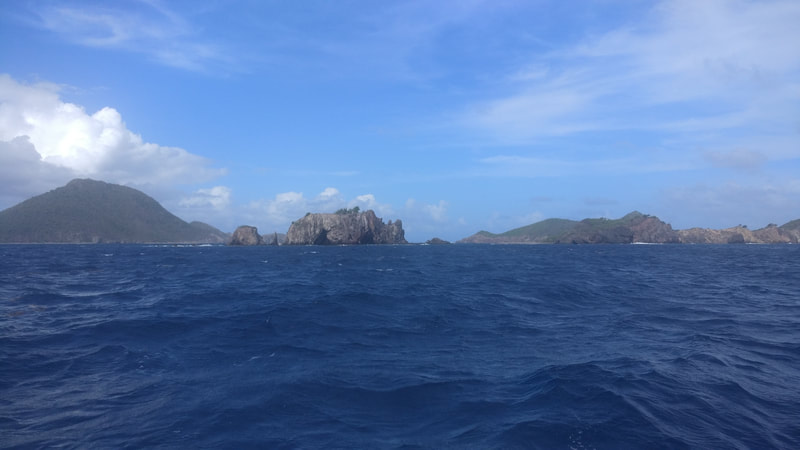


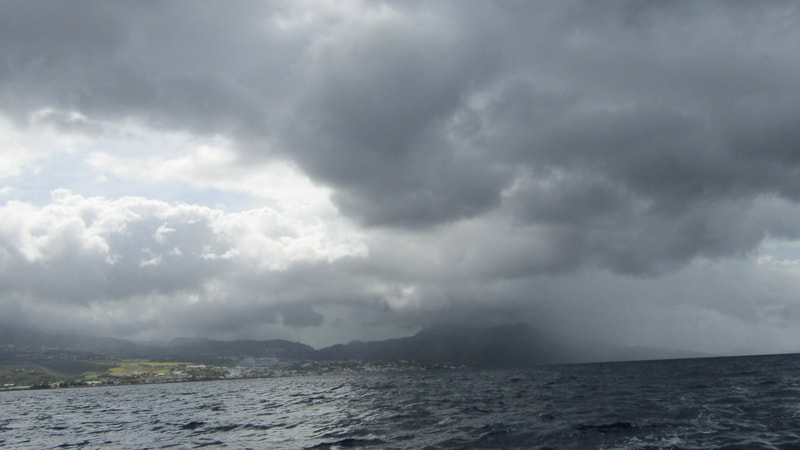
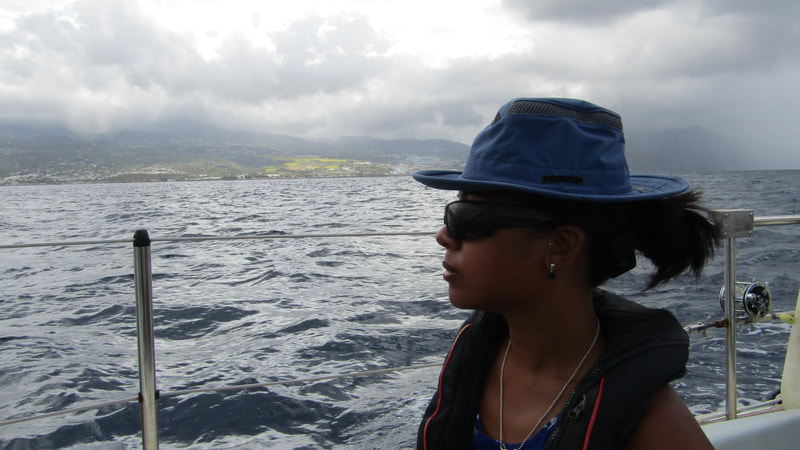






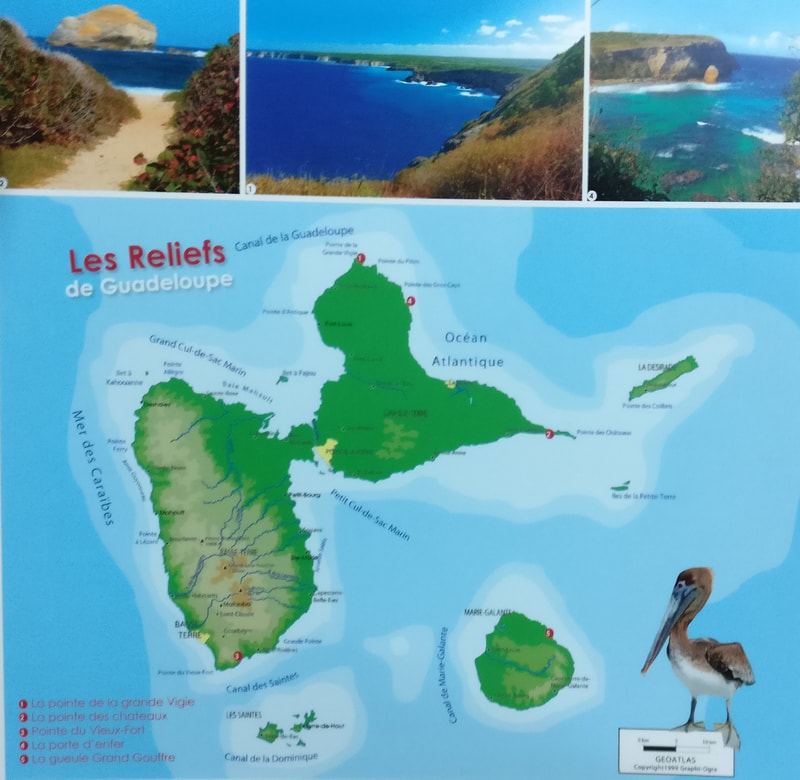
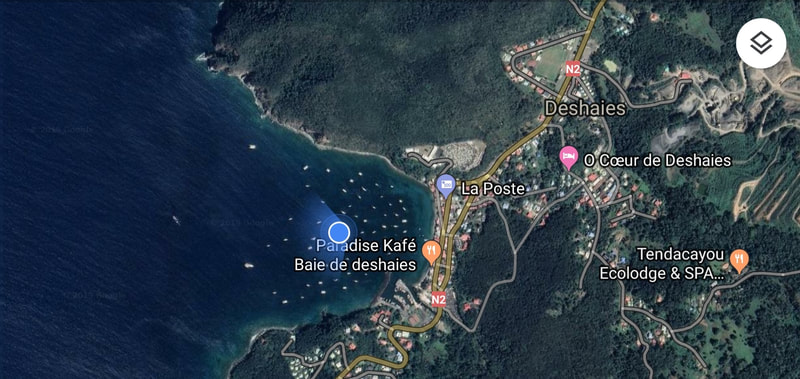

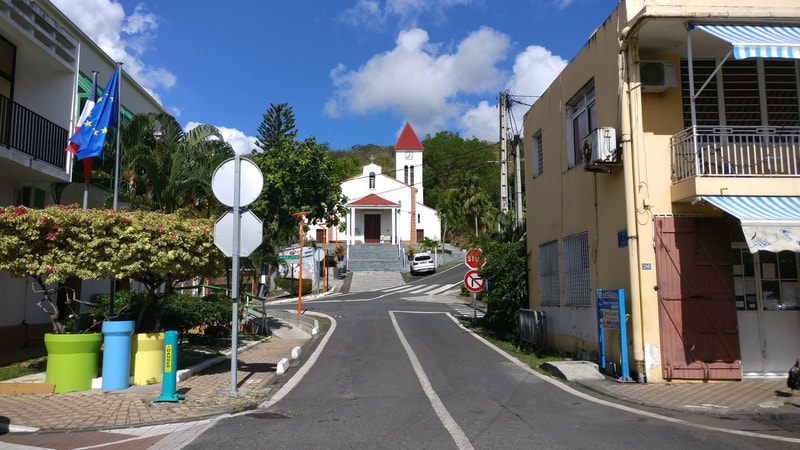





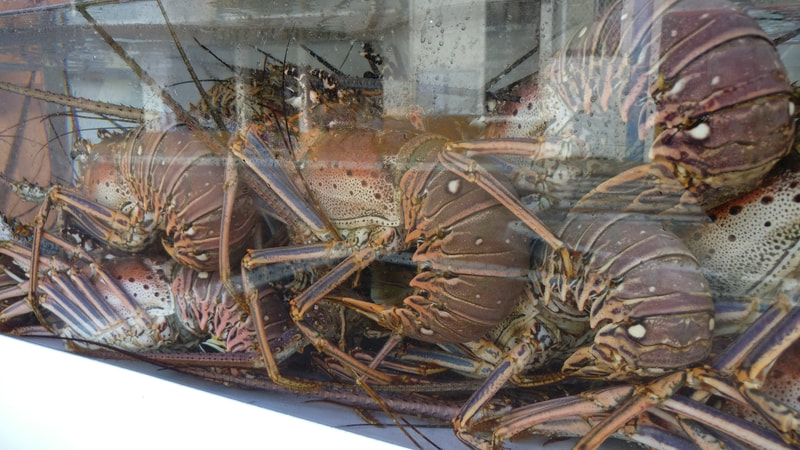

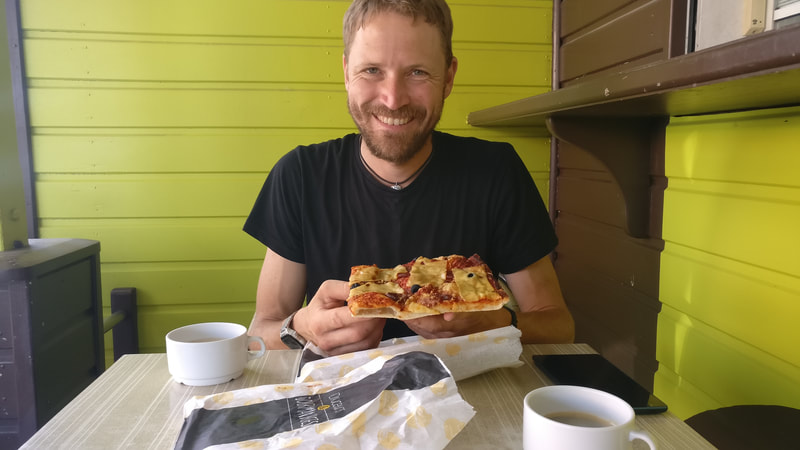
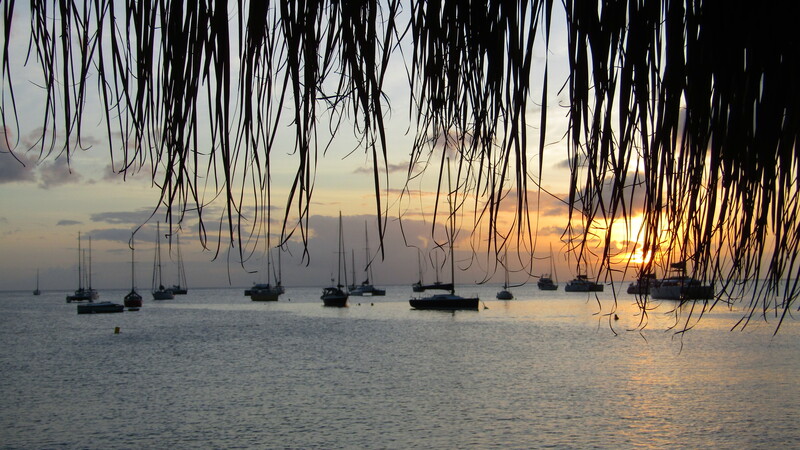

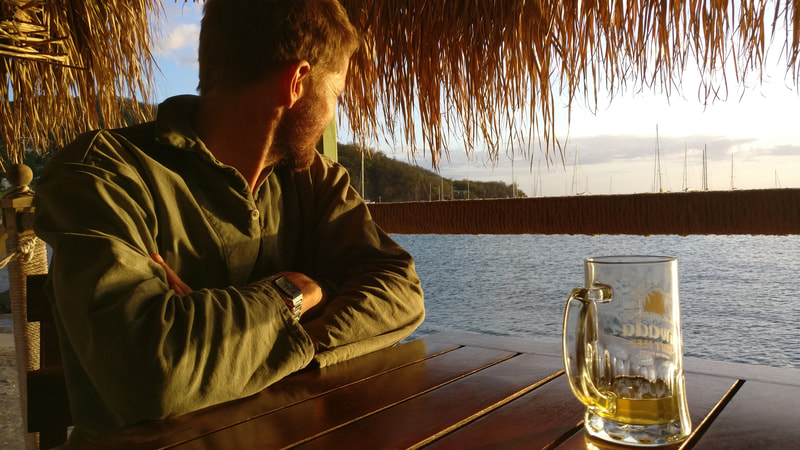
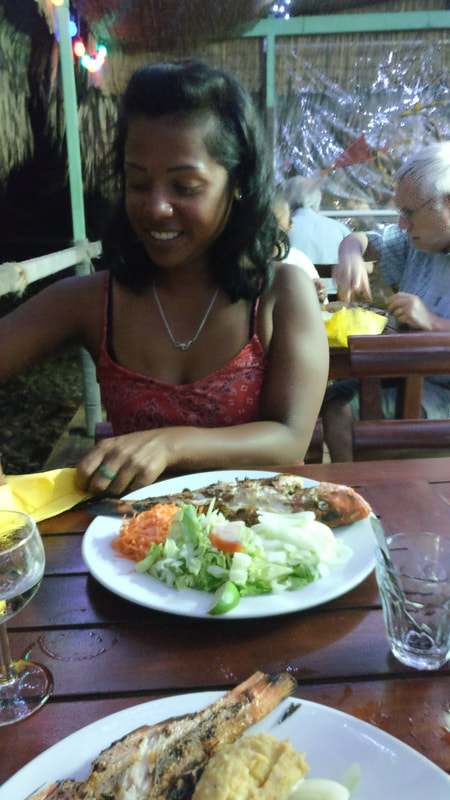

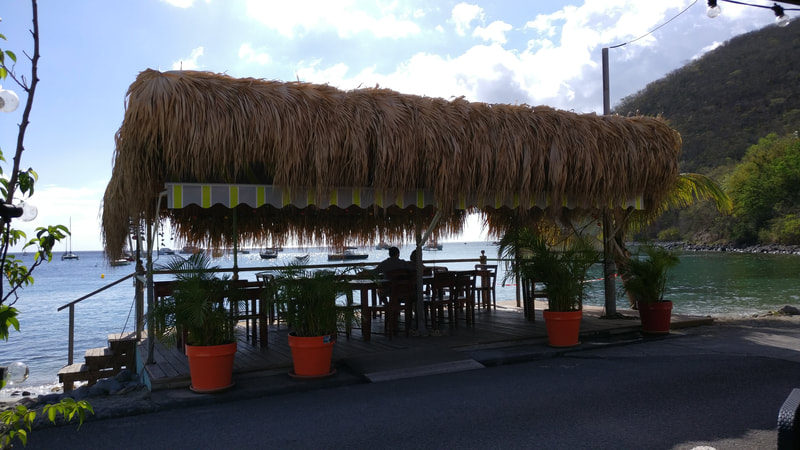


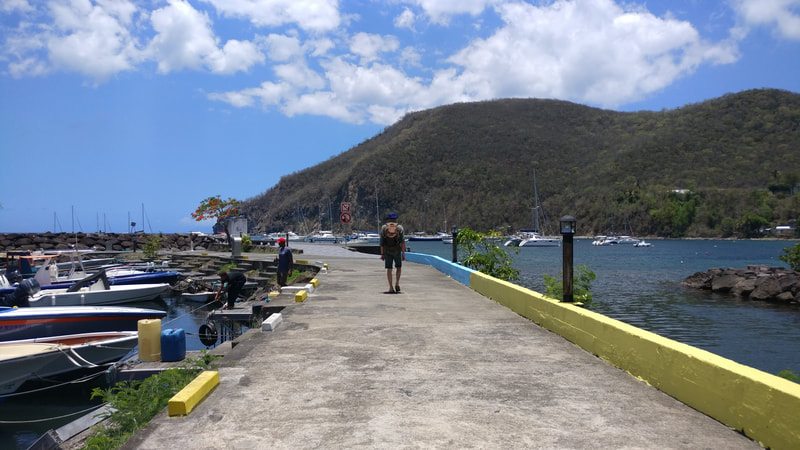
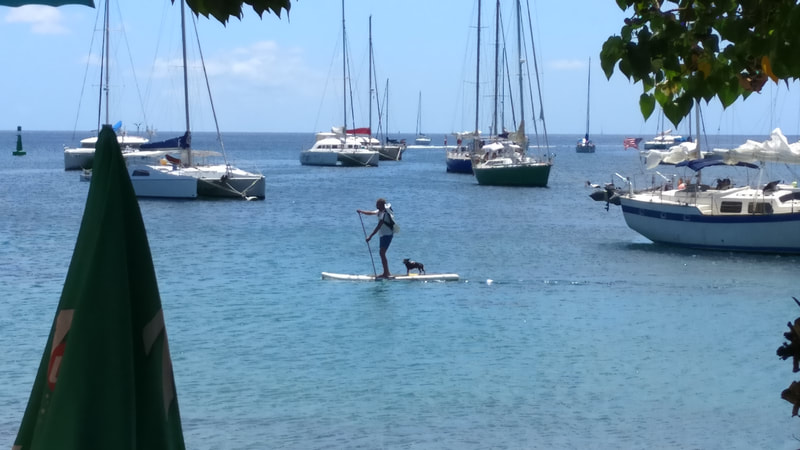




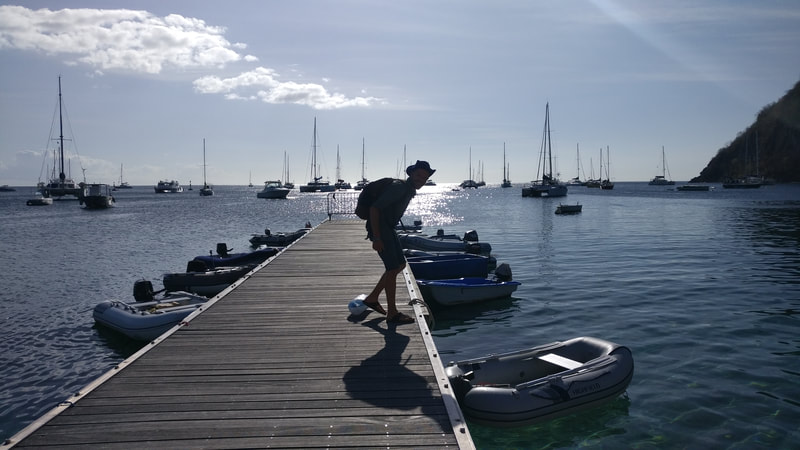
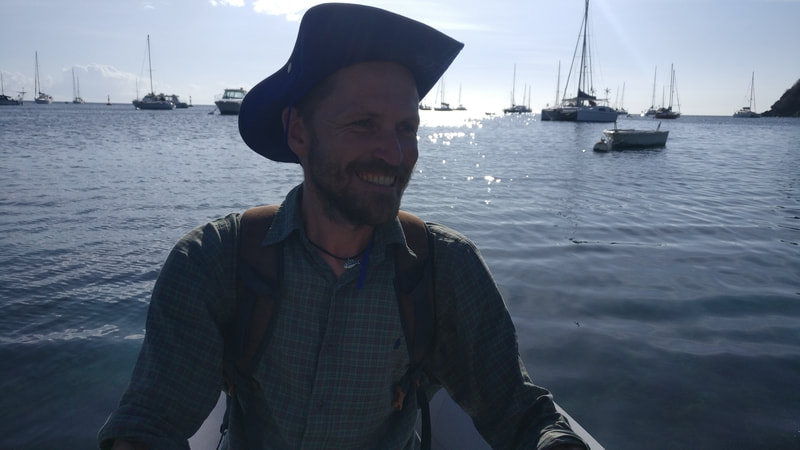
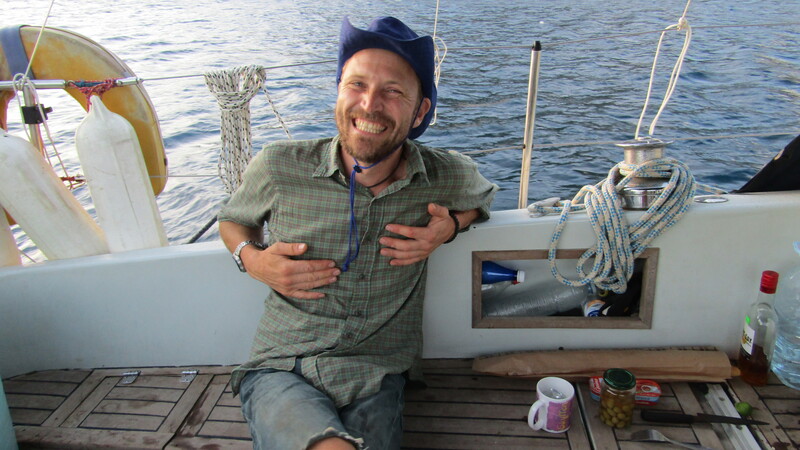
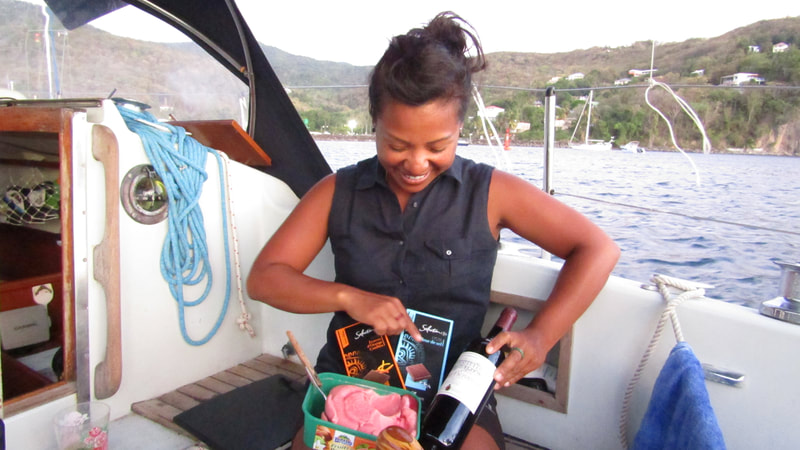

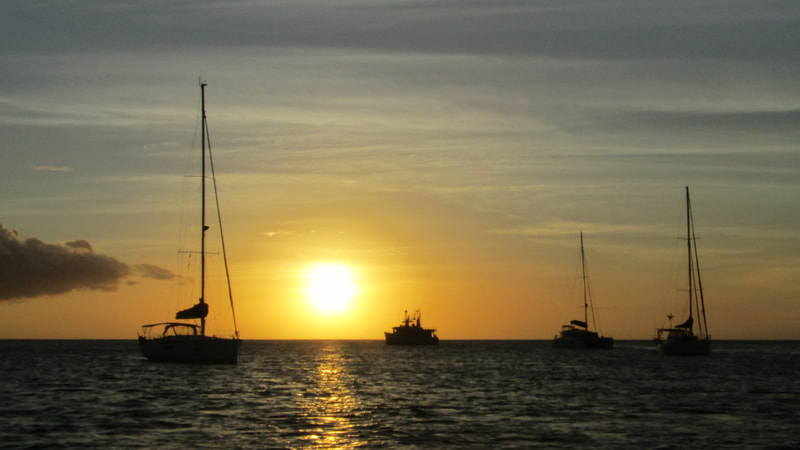




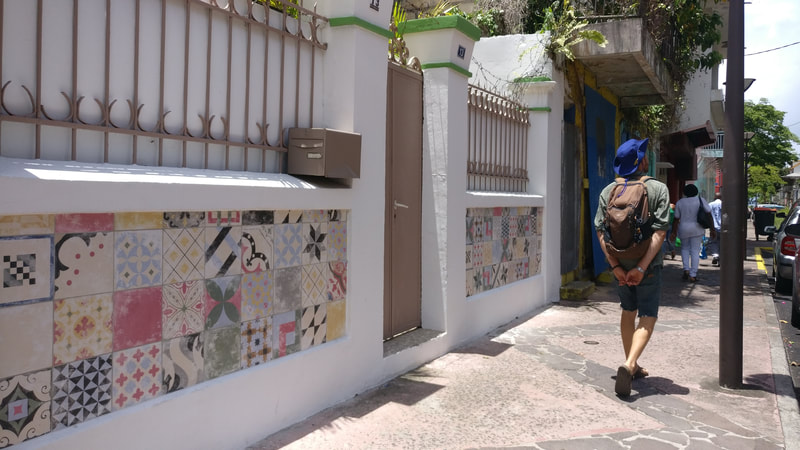
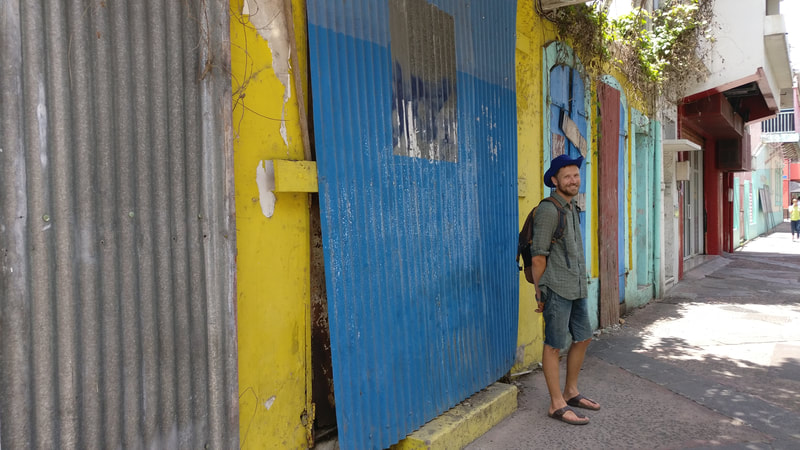


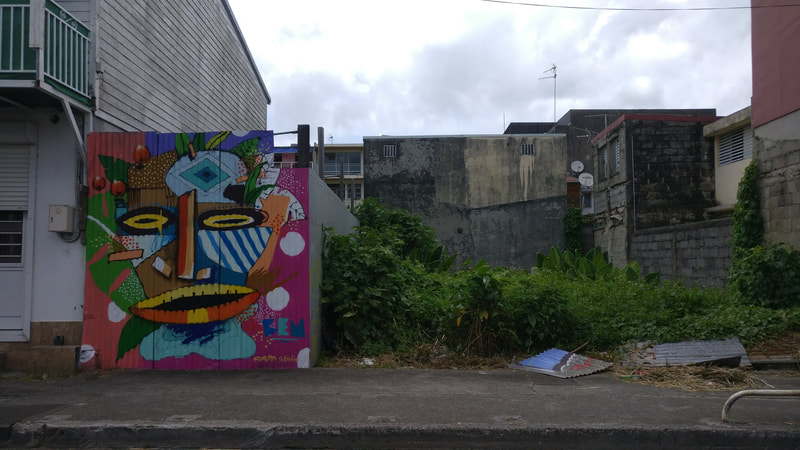
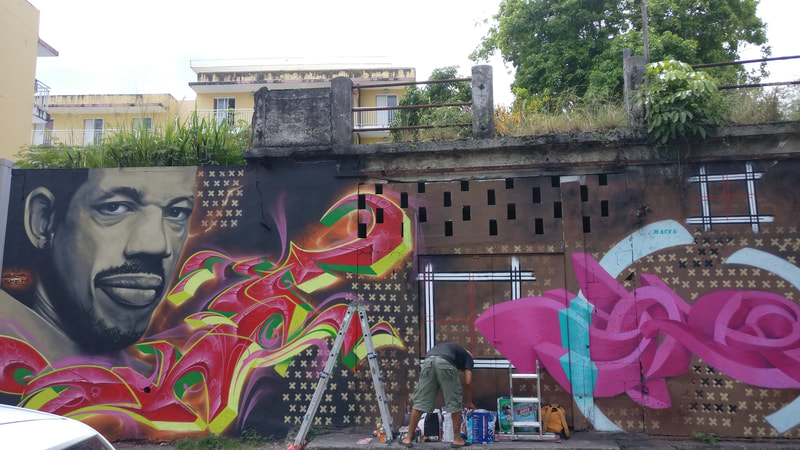
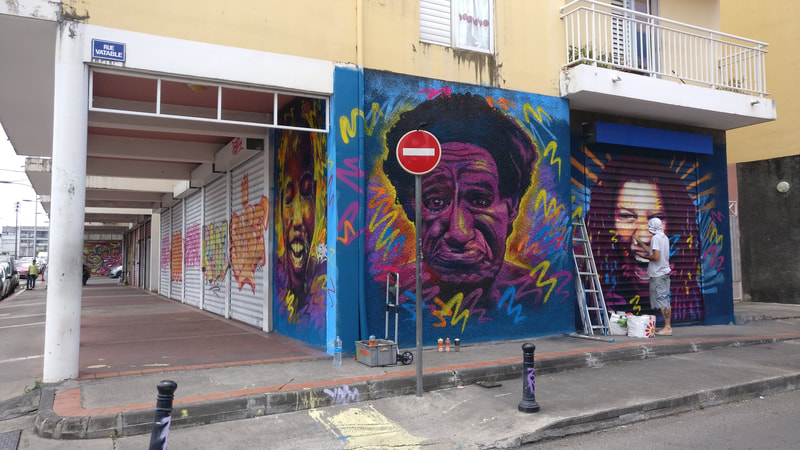
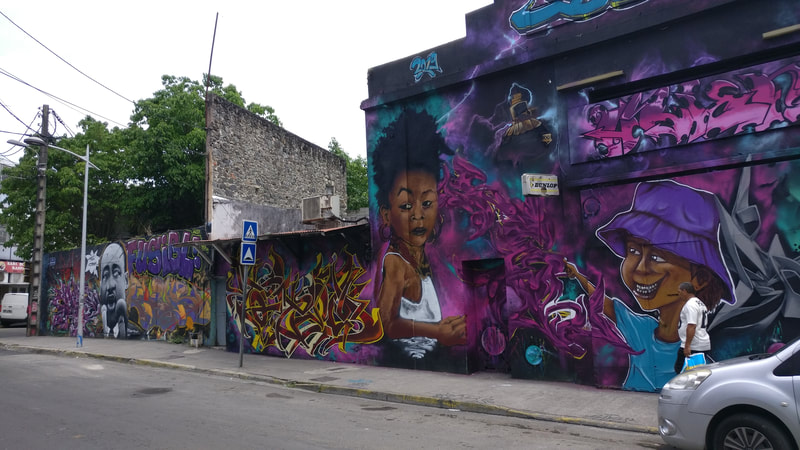




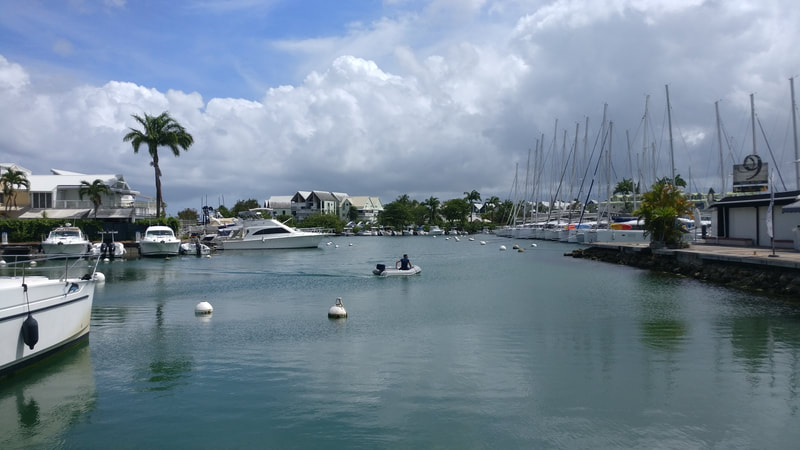
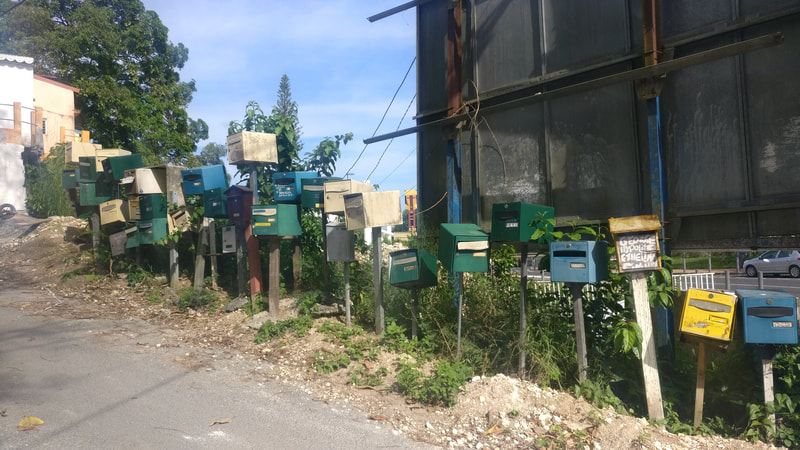




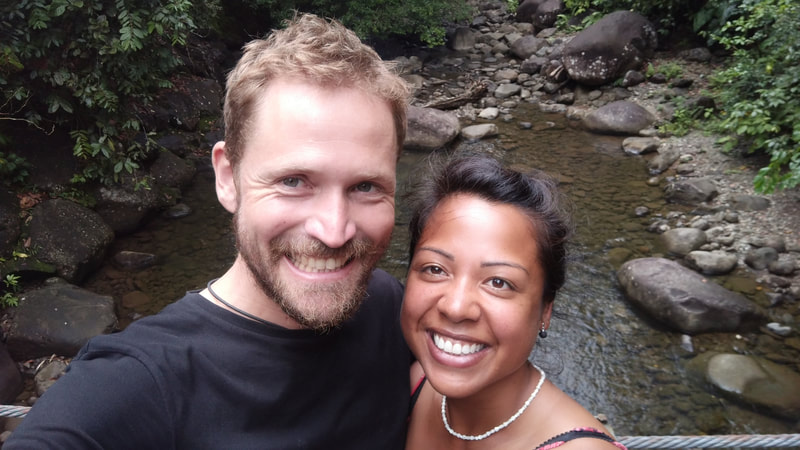




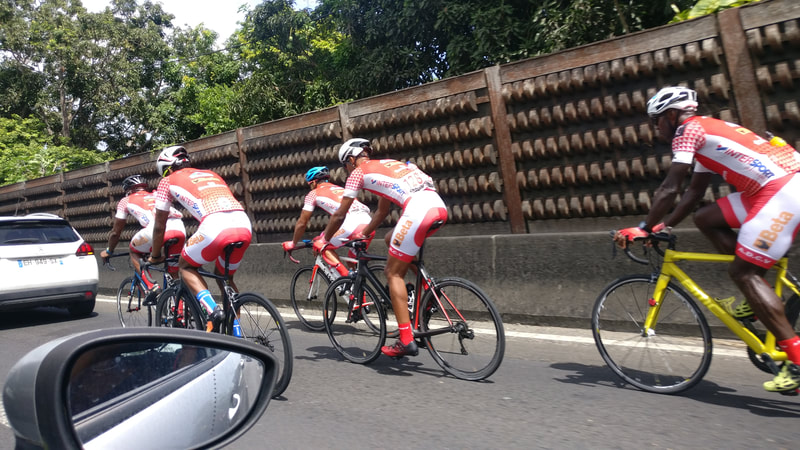
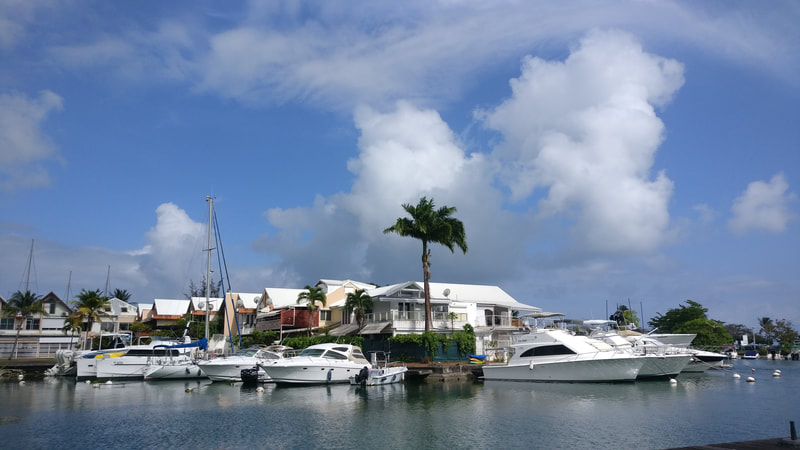
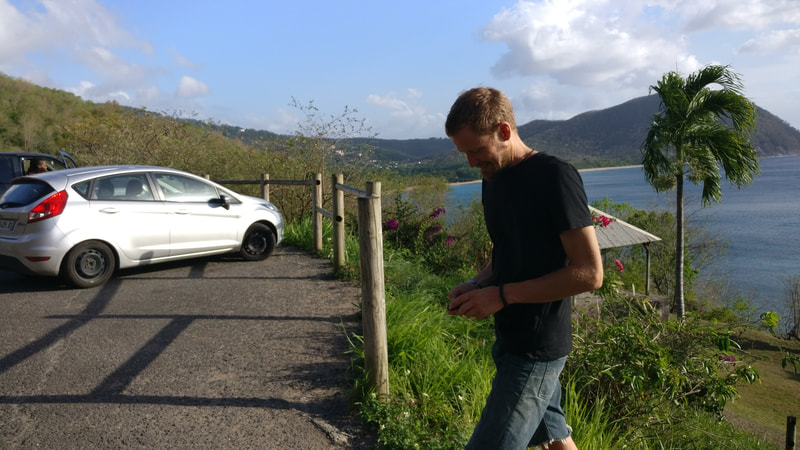

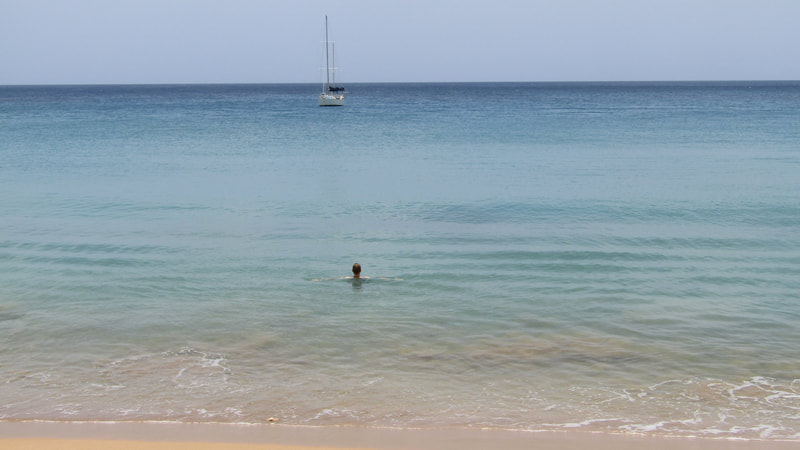



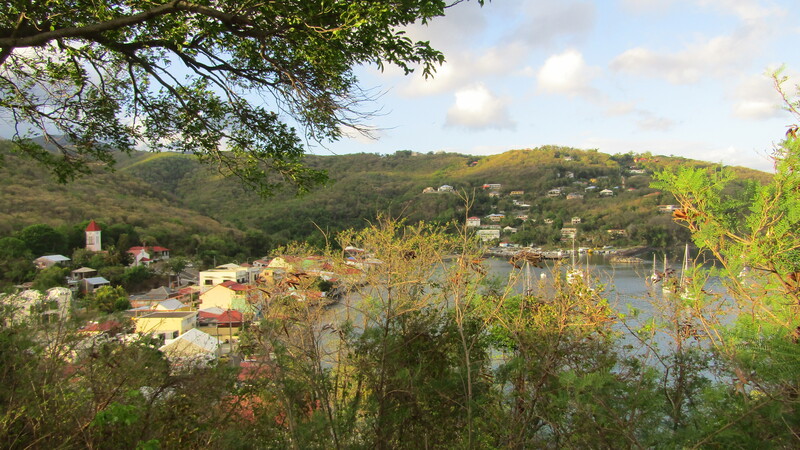

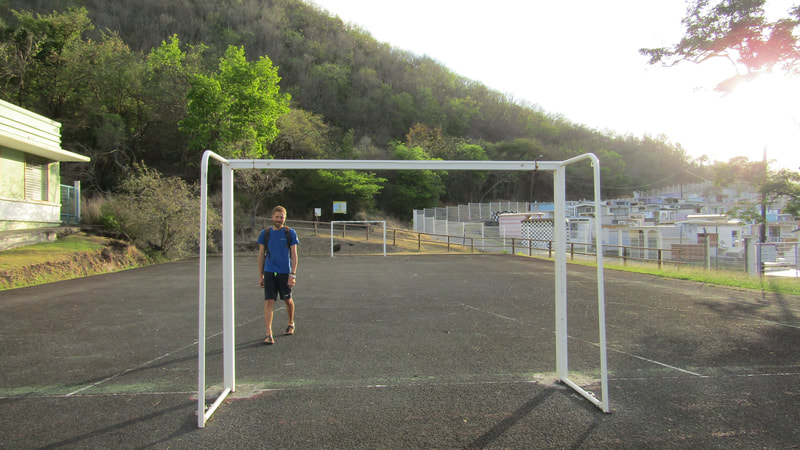


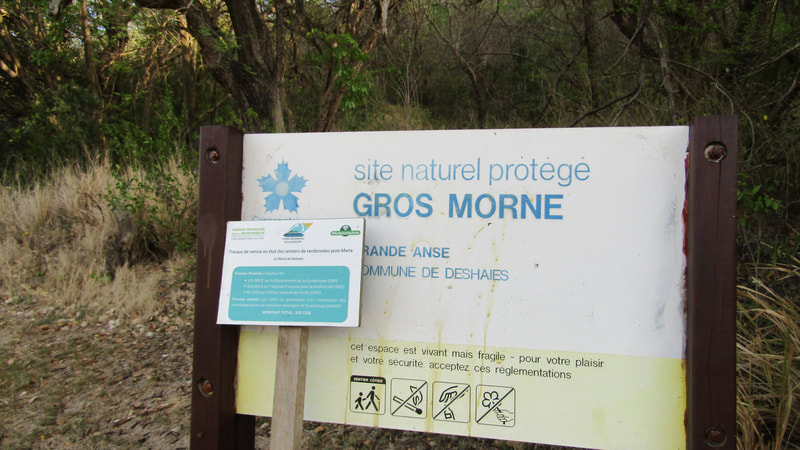
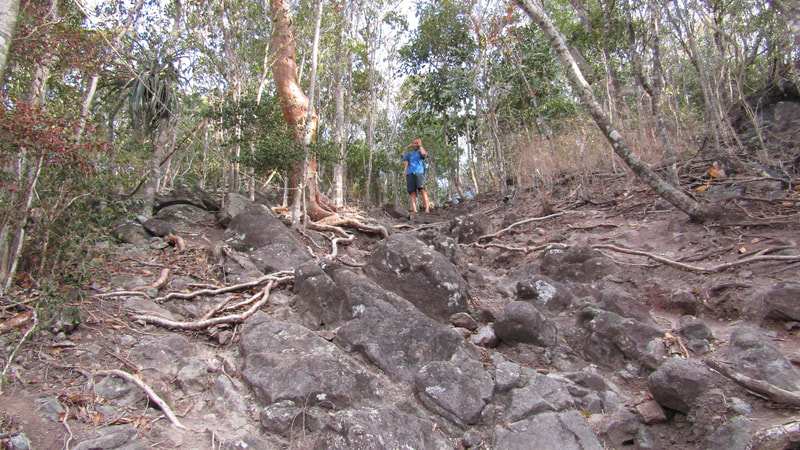



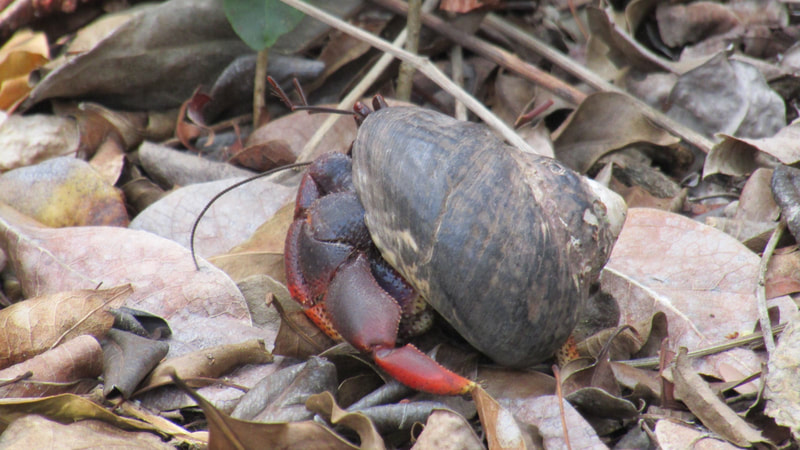
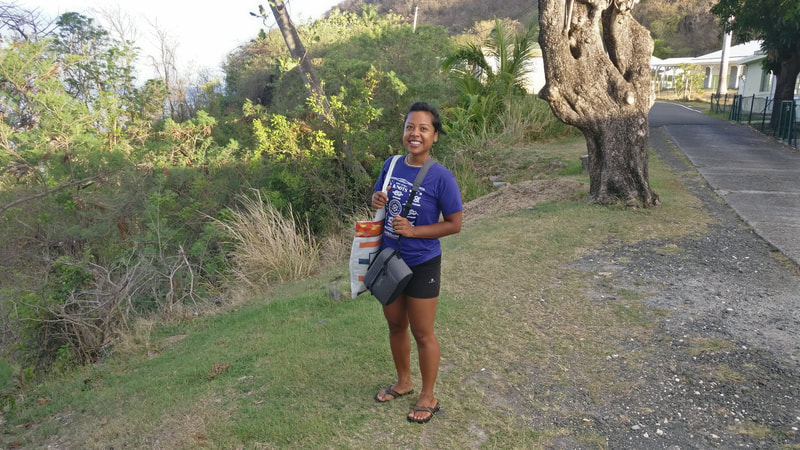

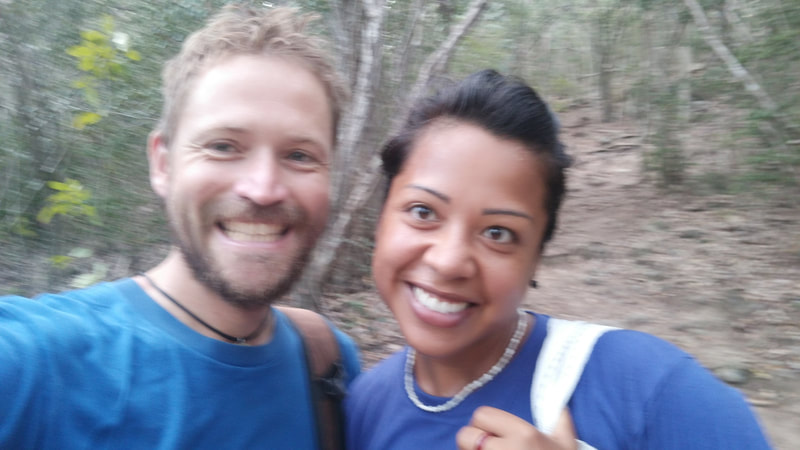

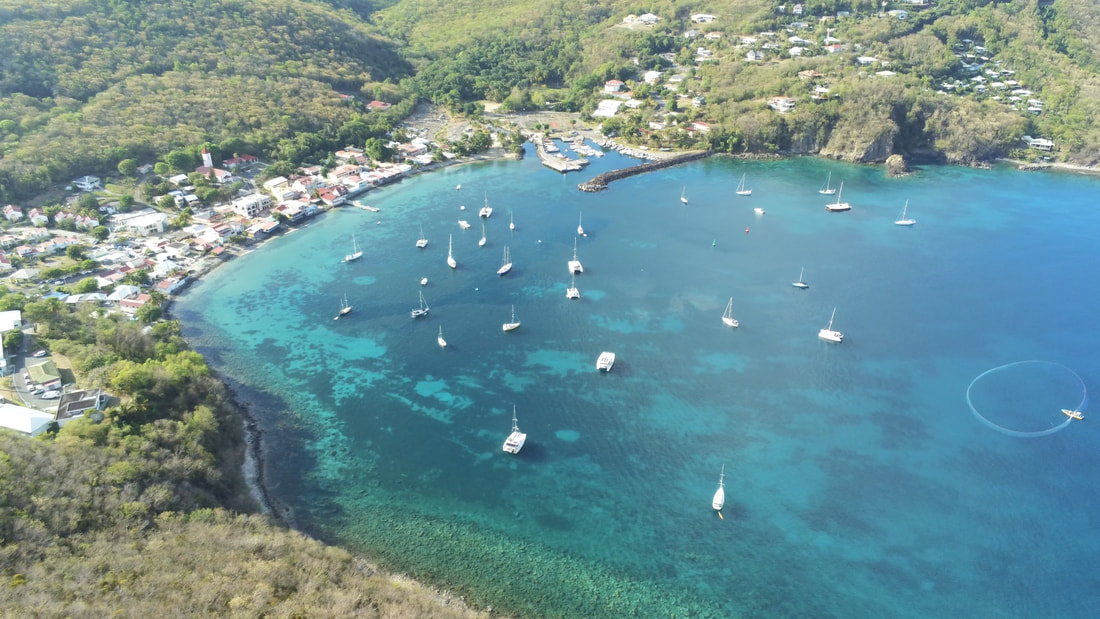



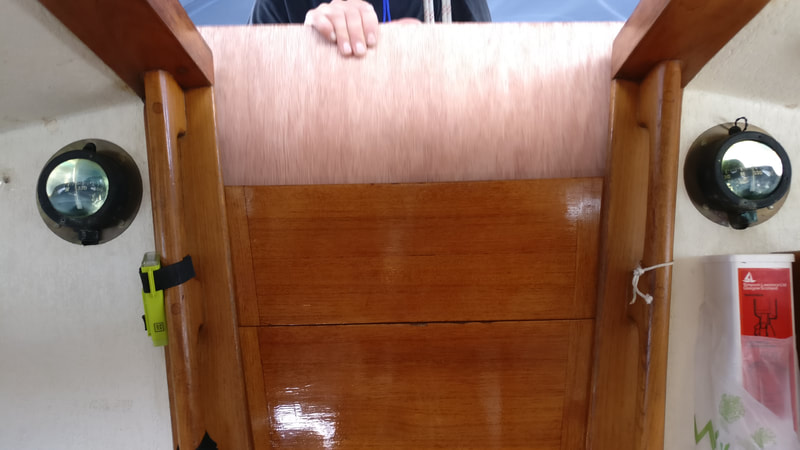


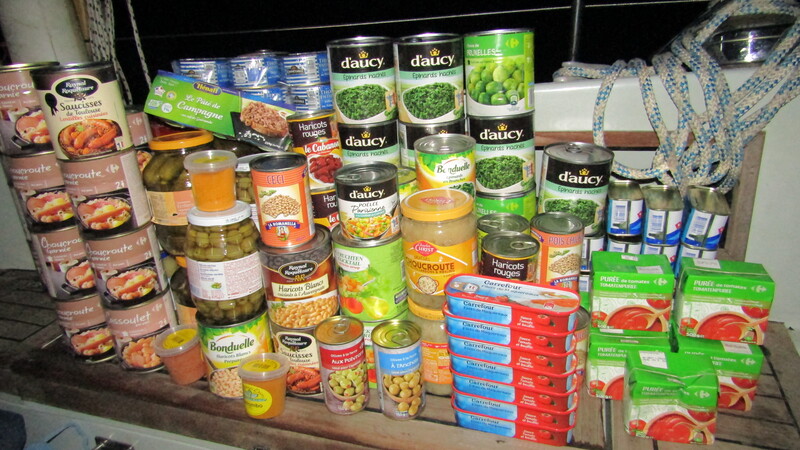
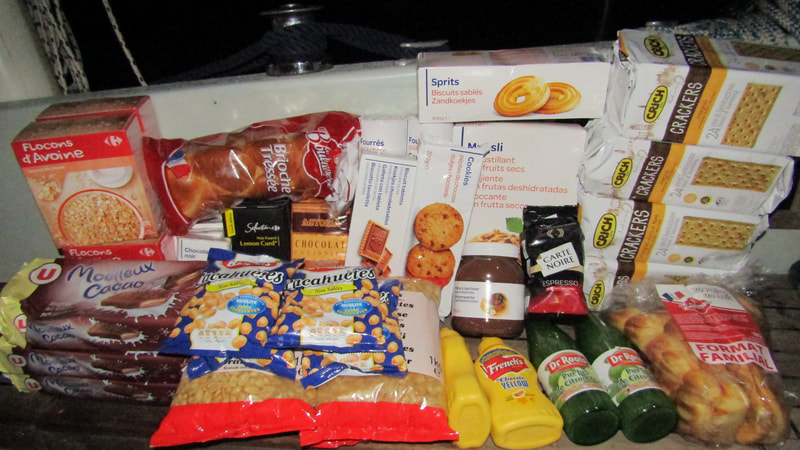


 RSS Feed
RSS Feed